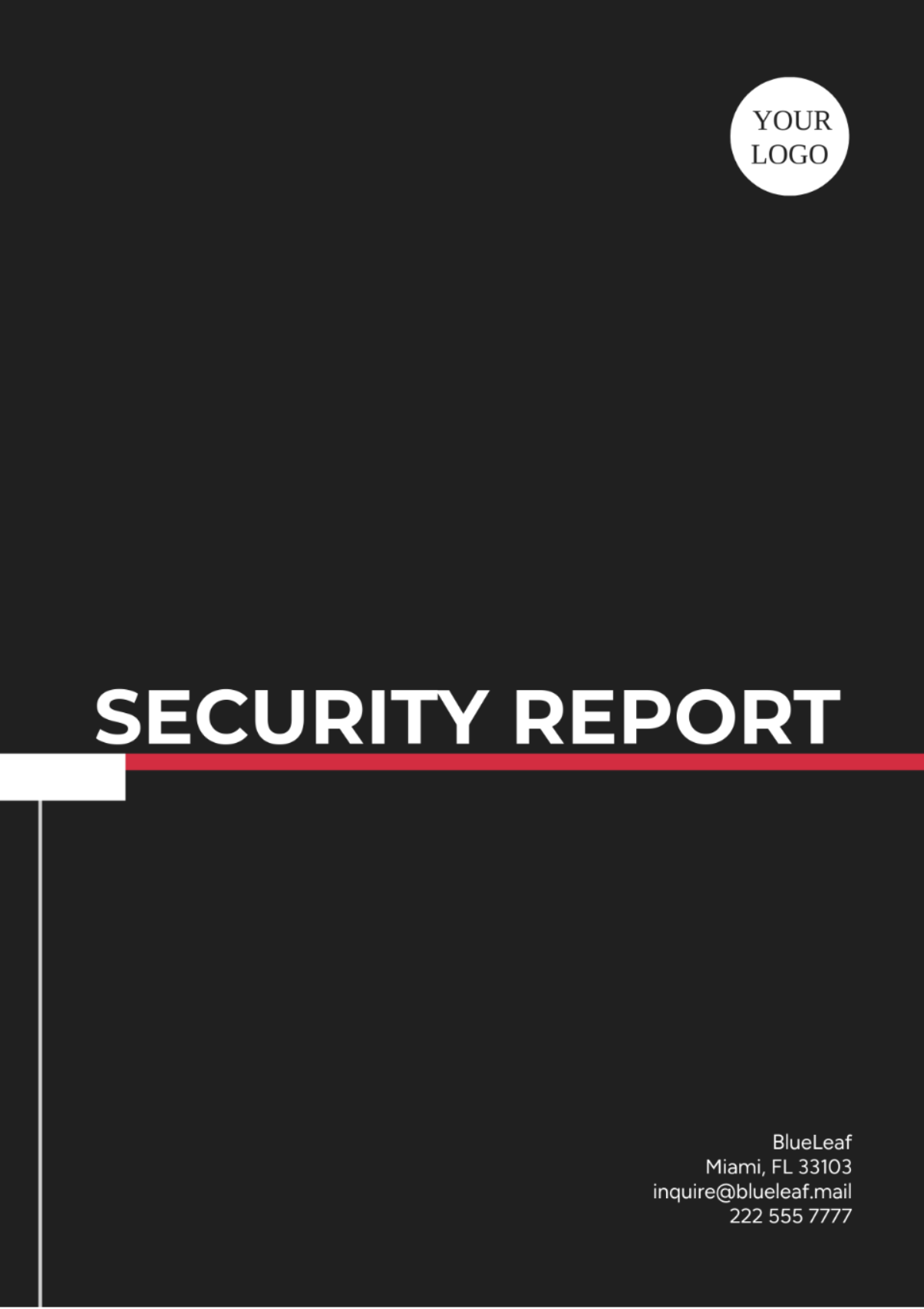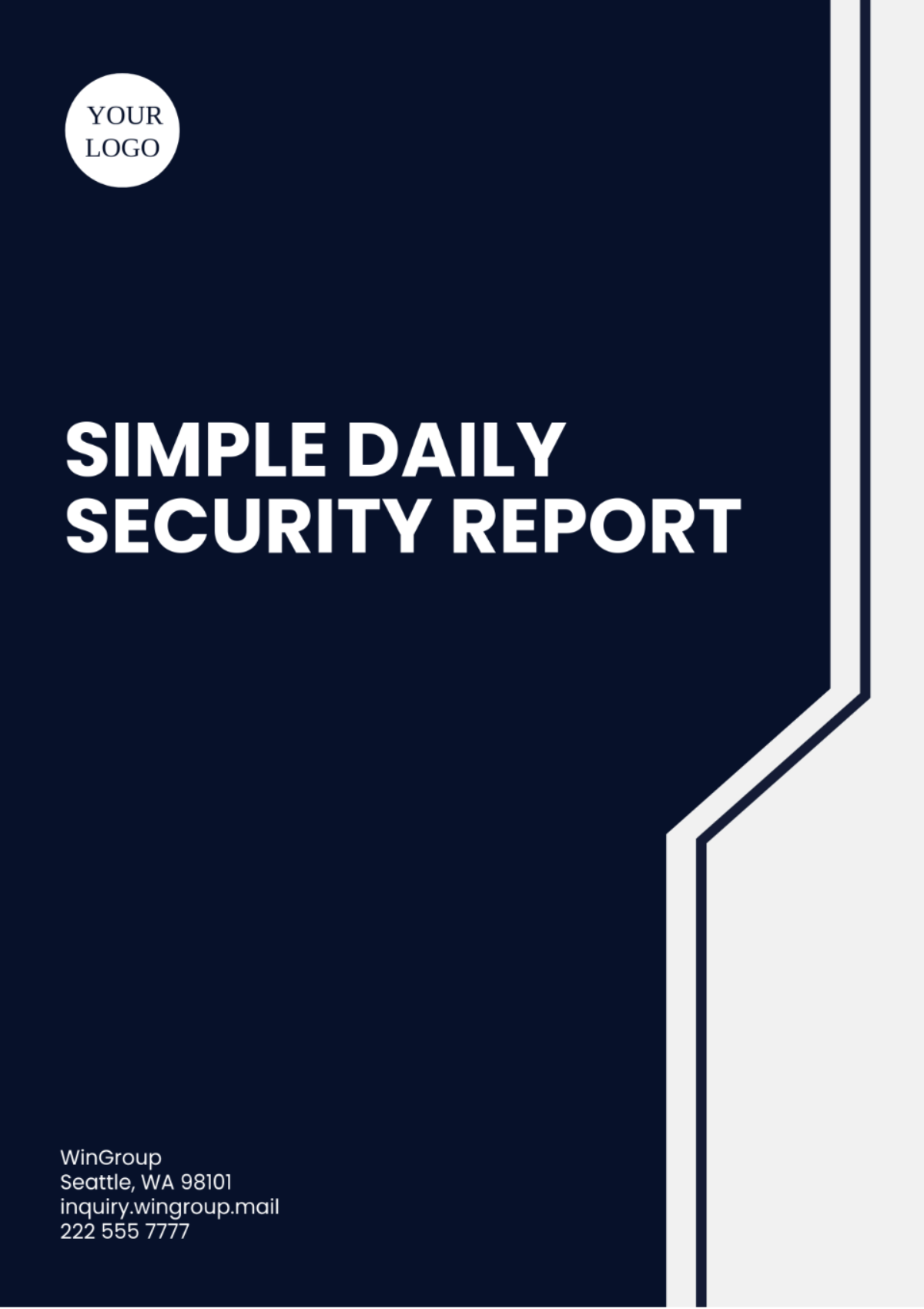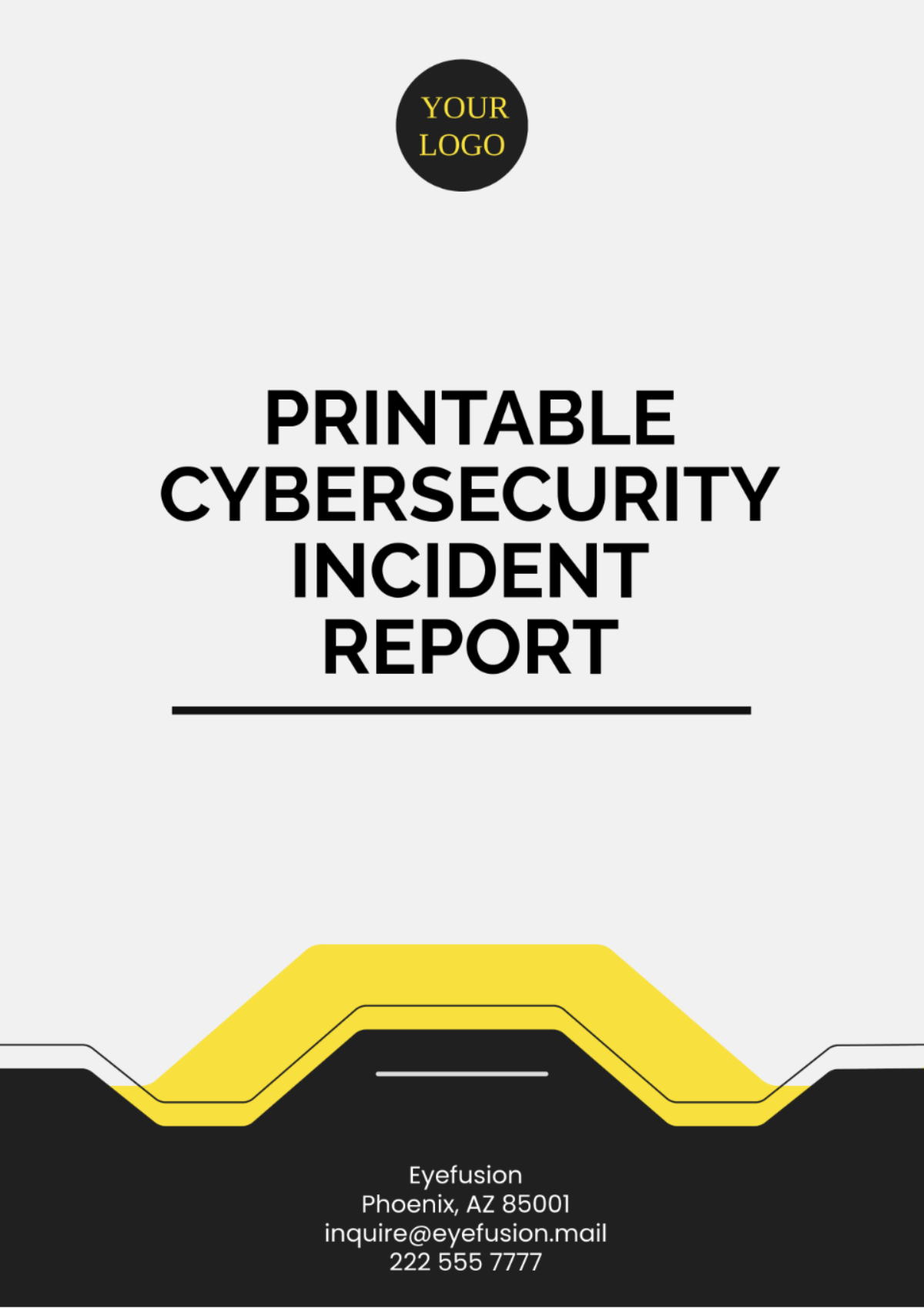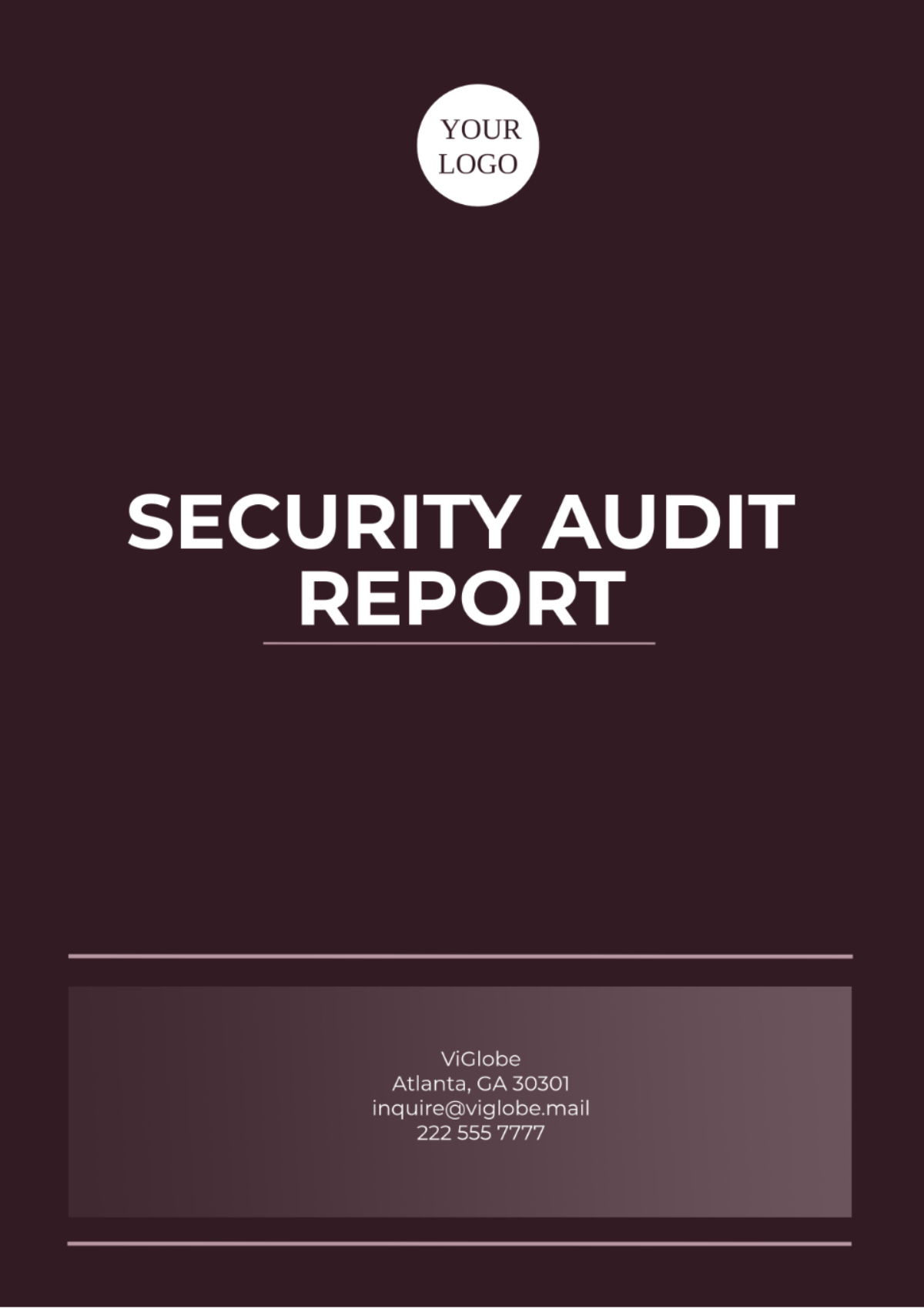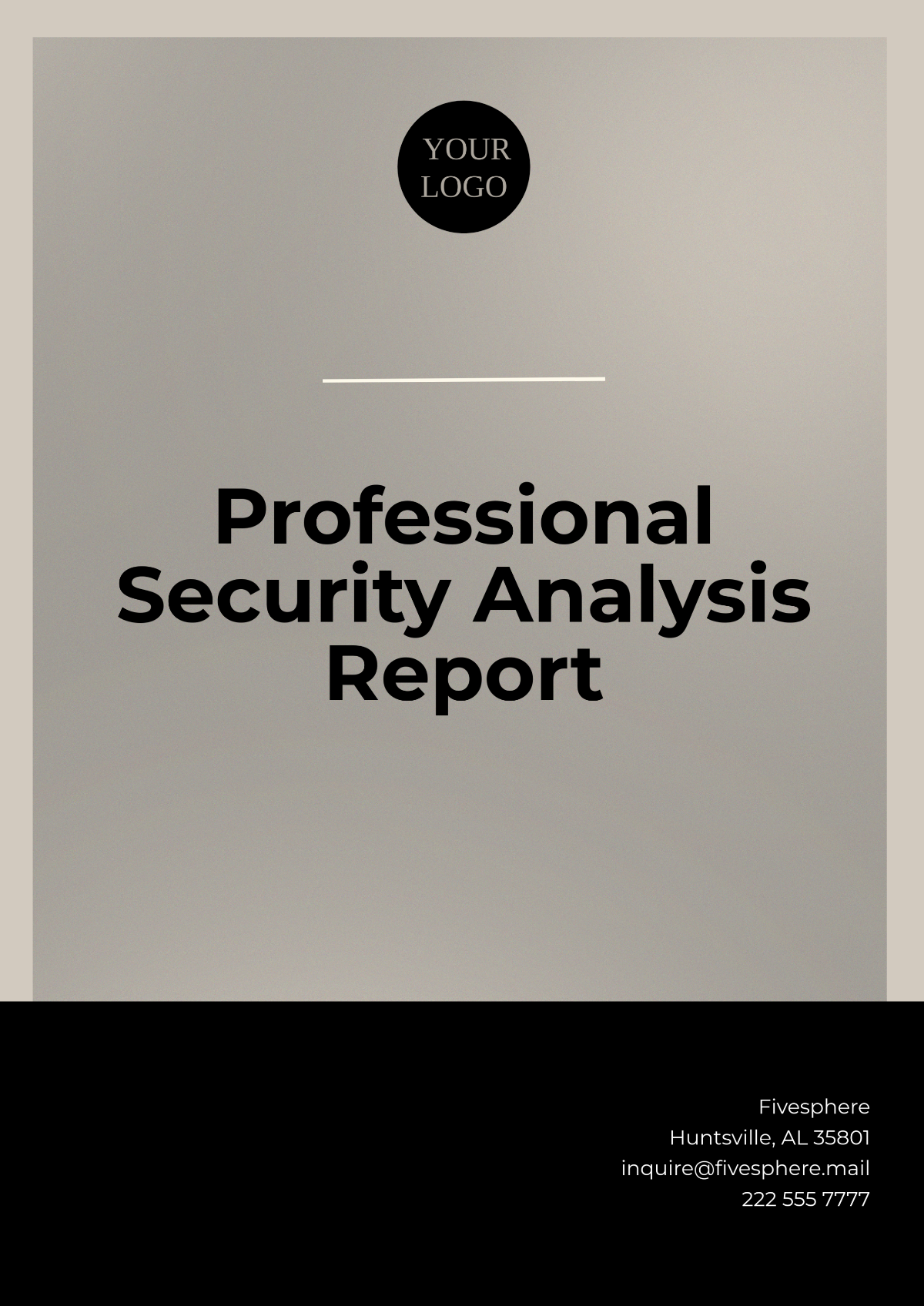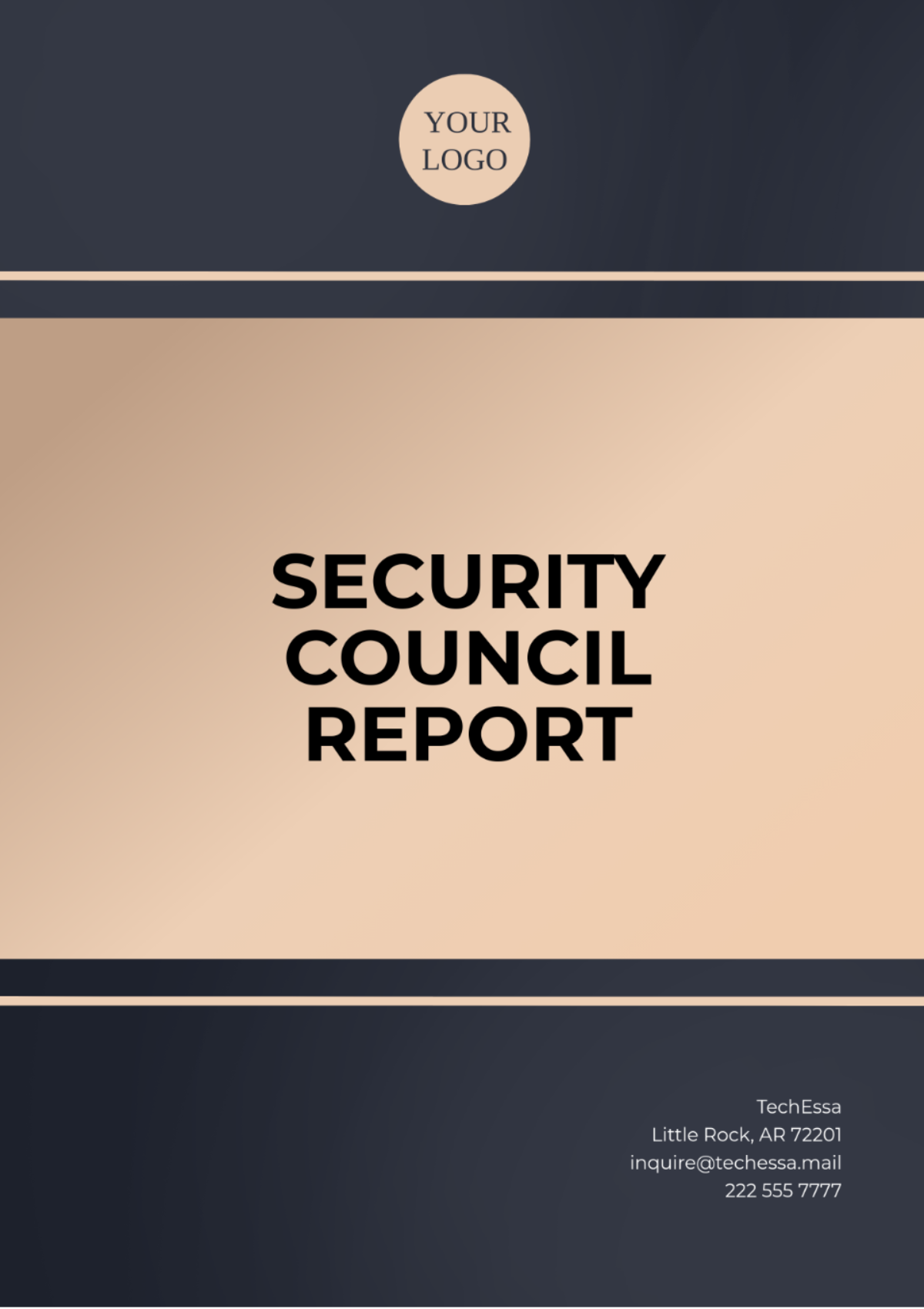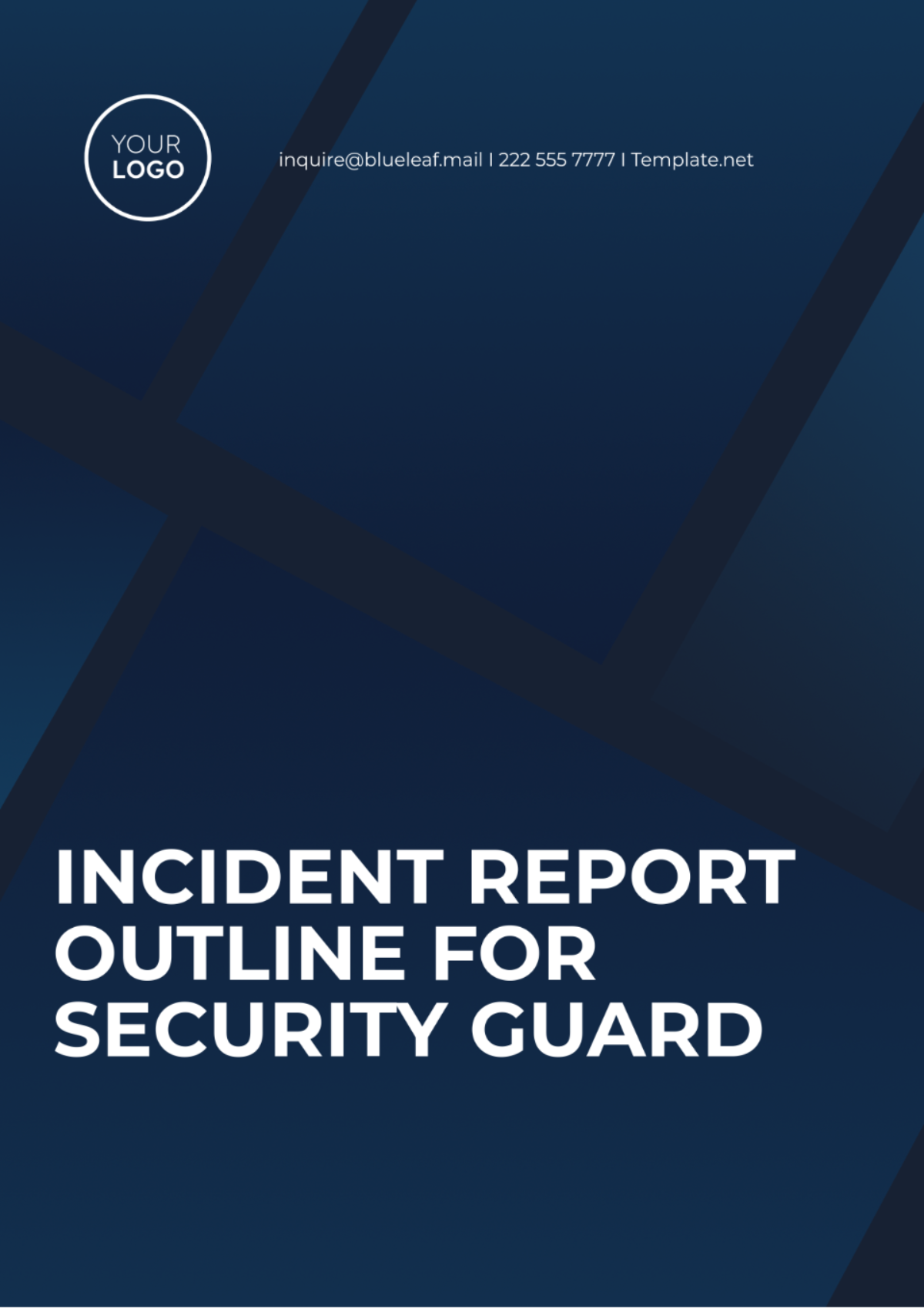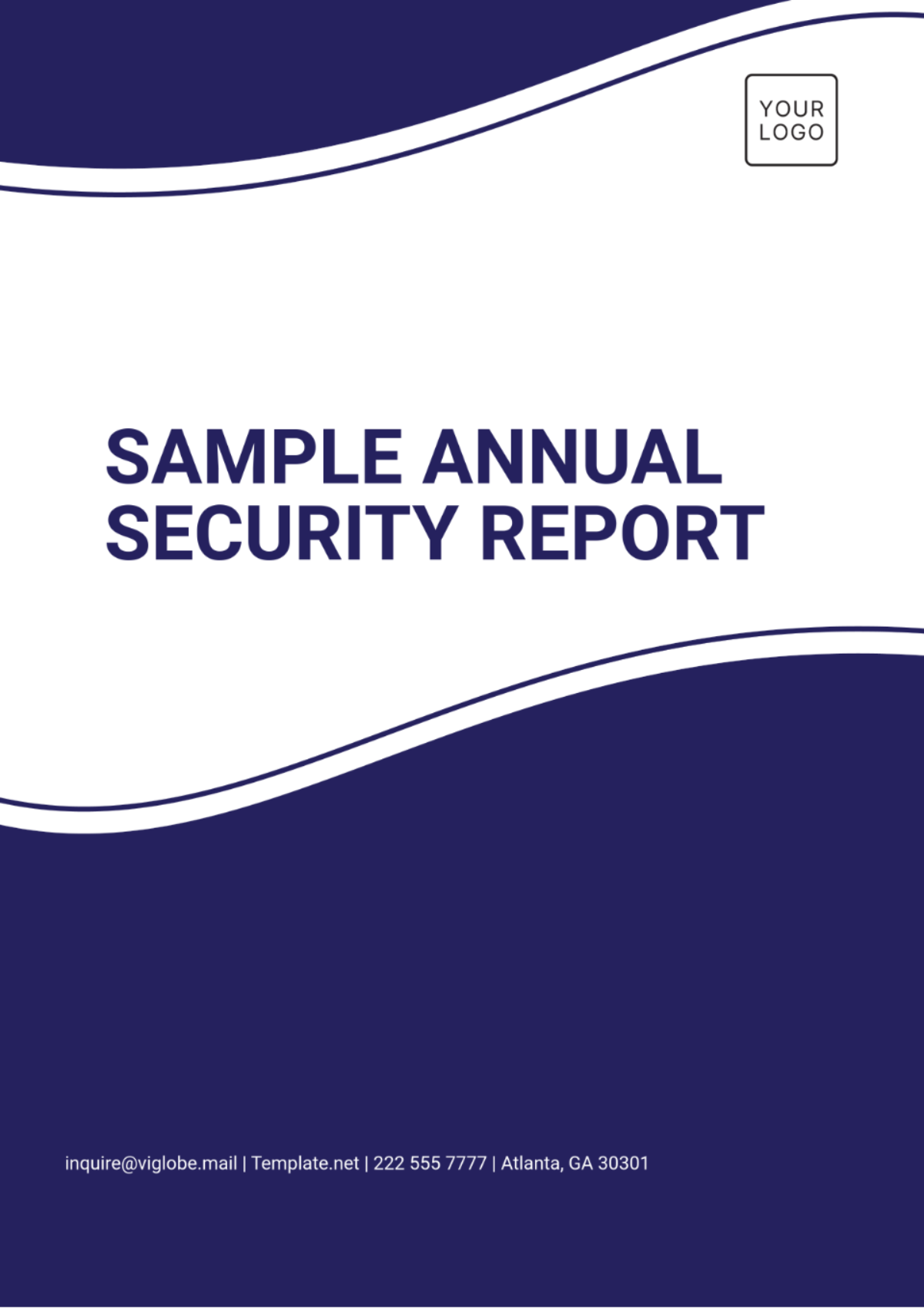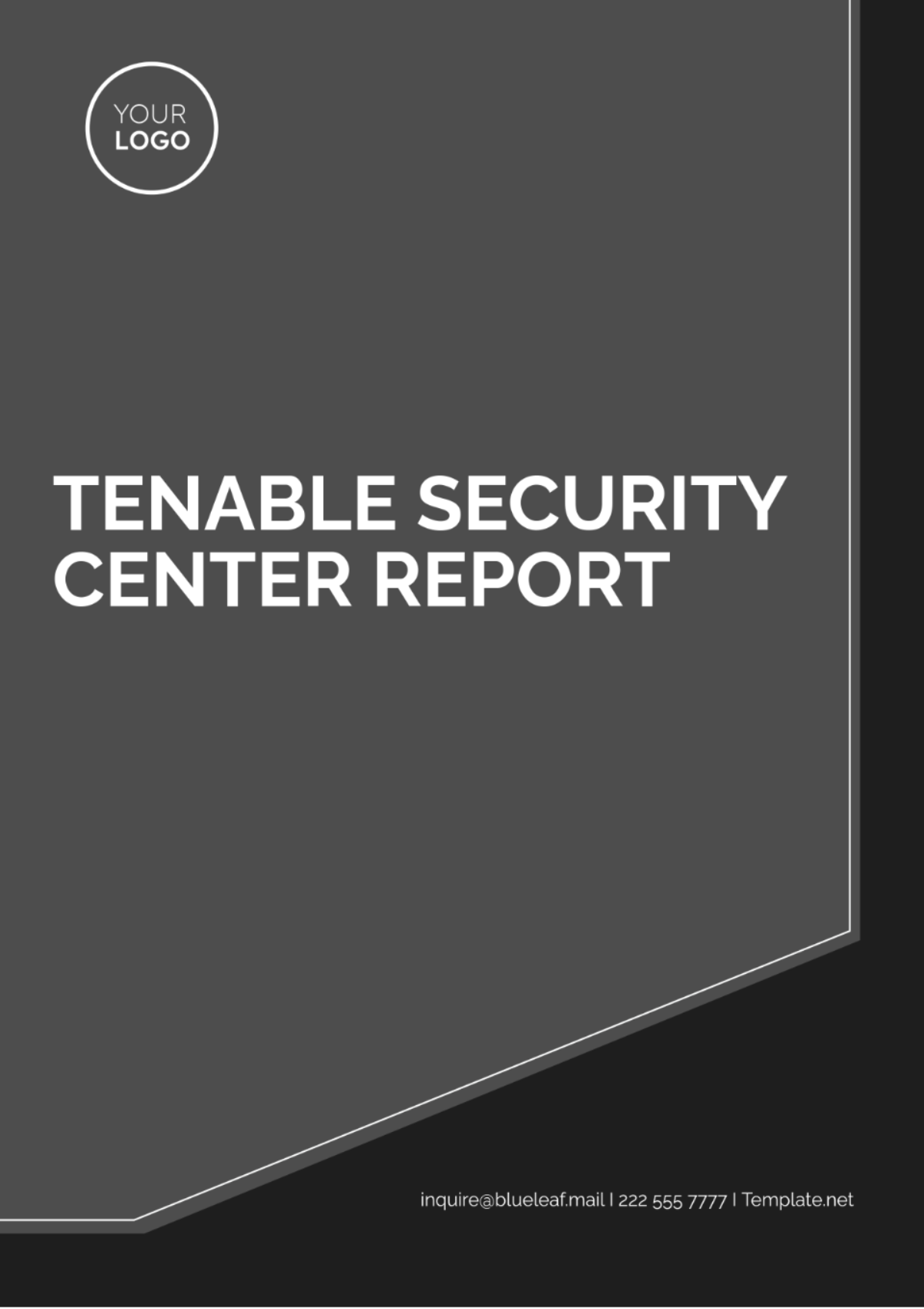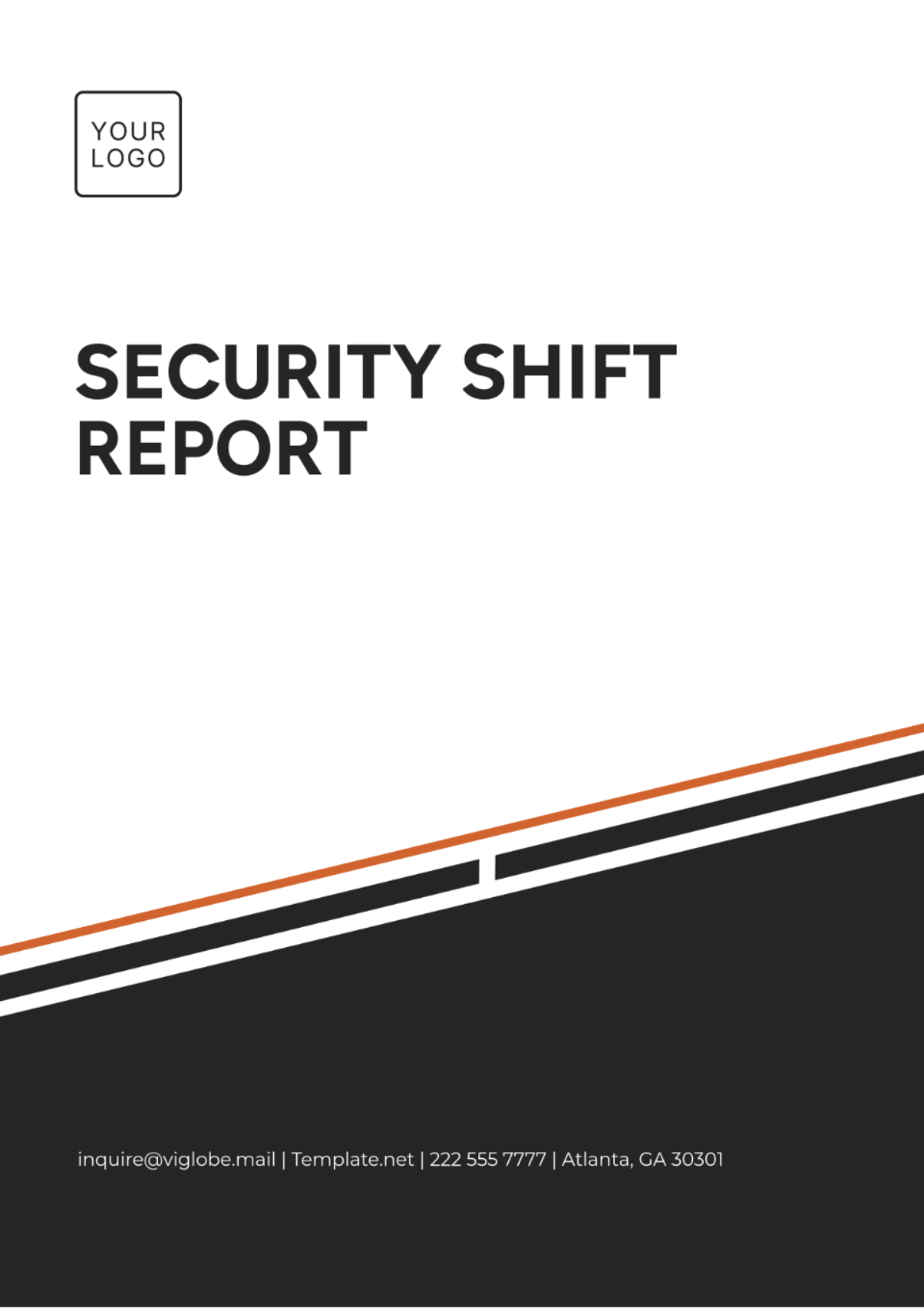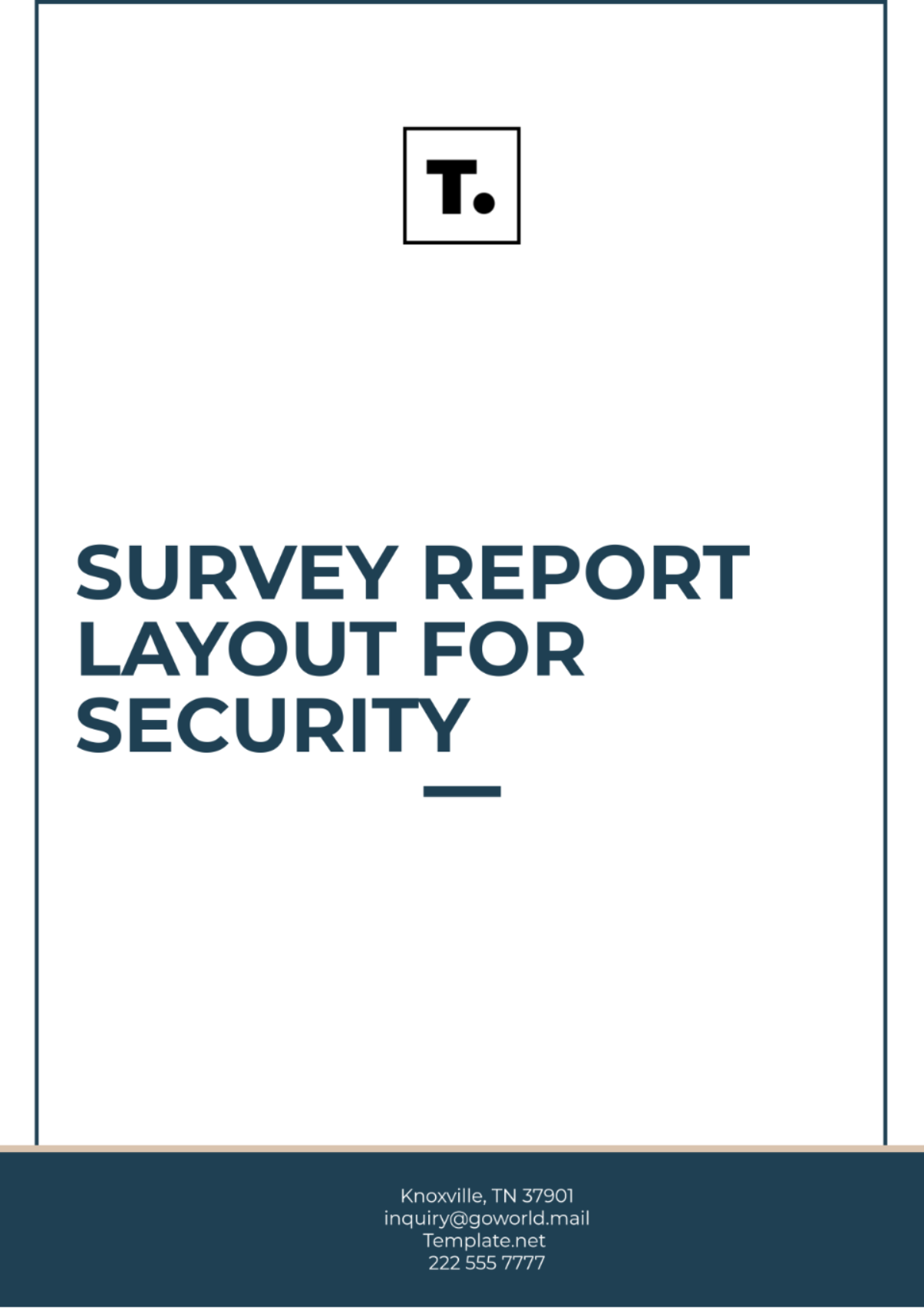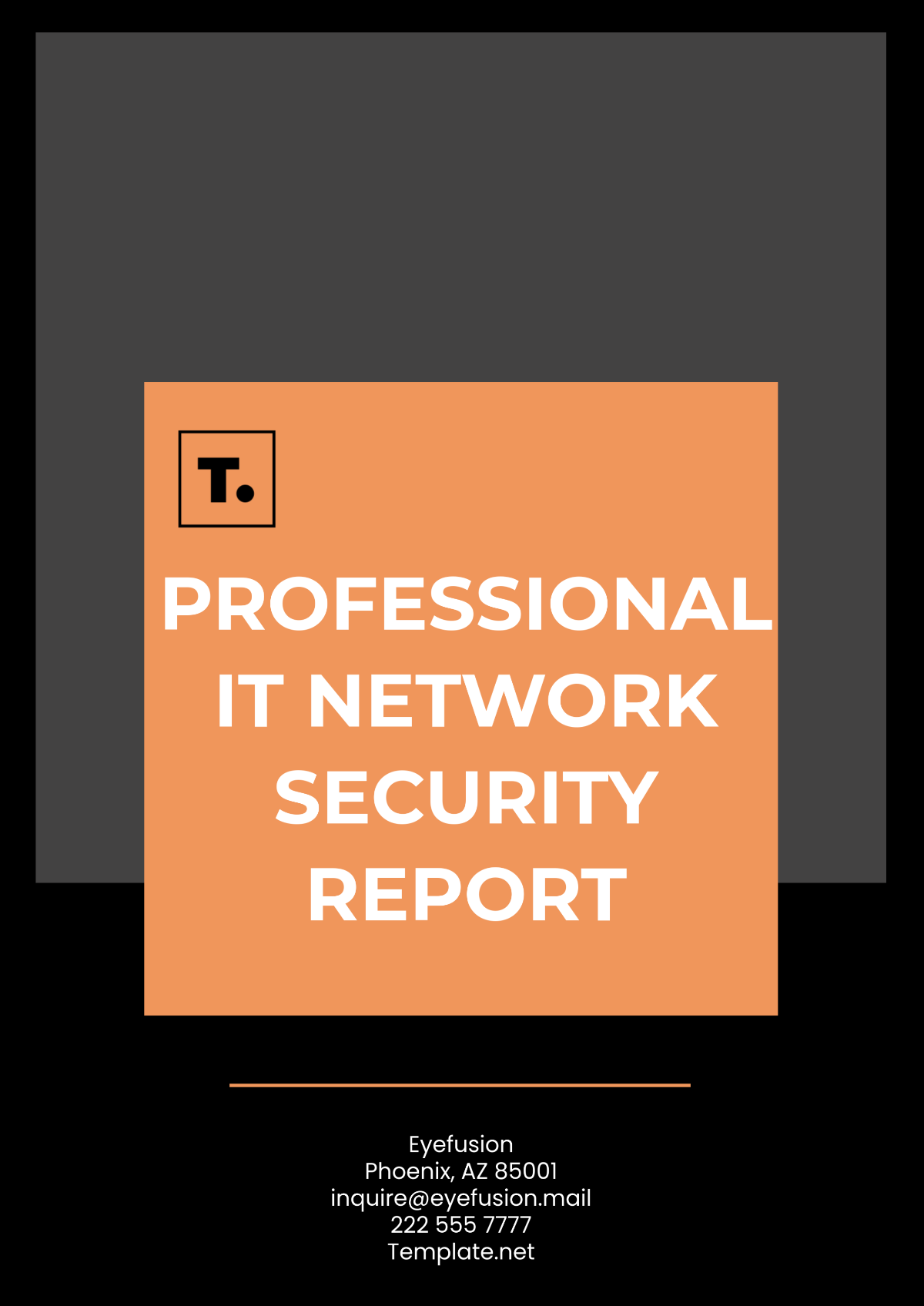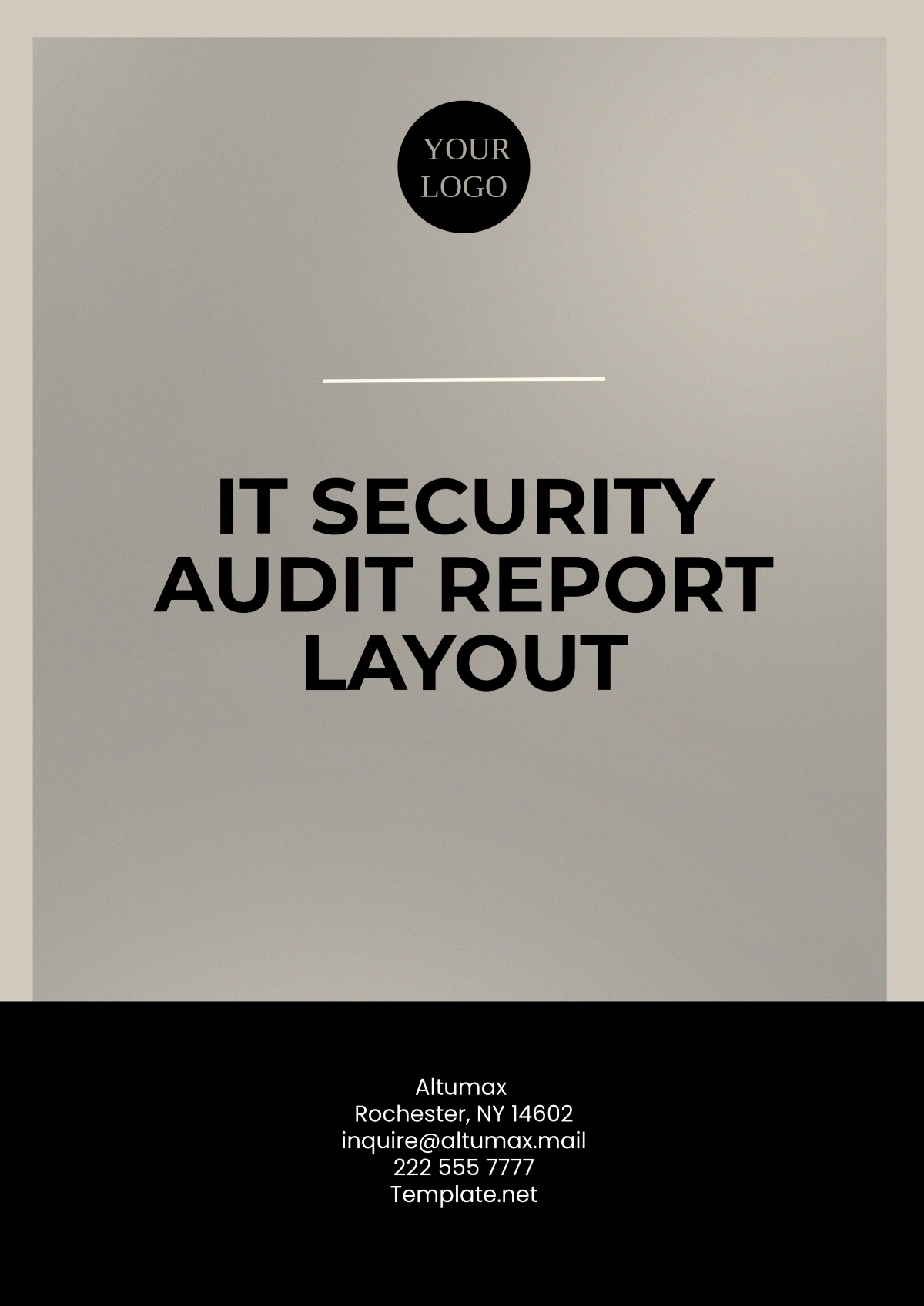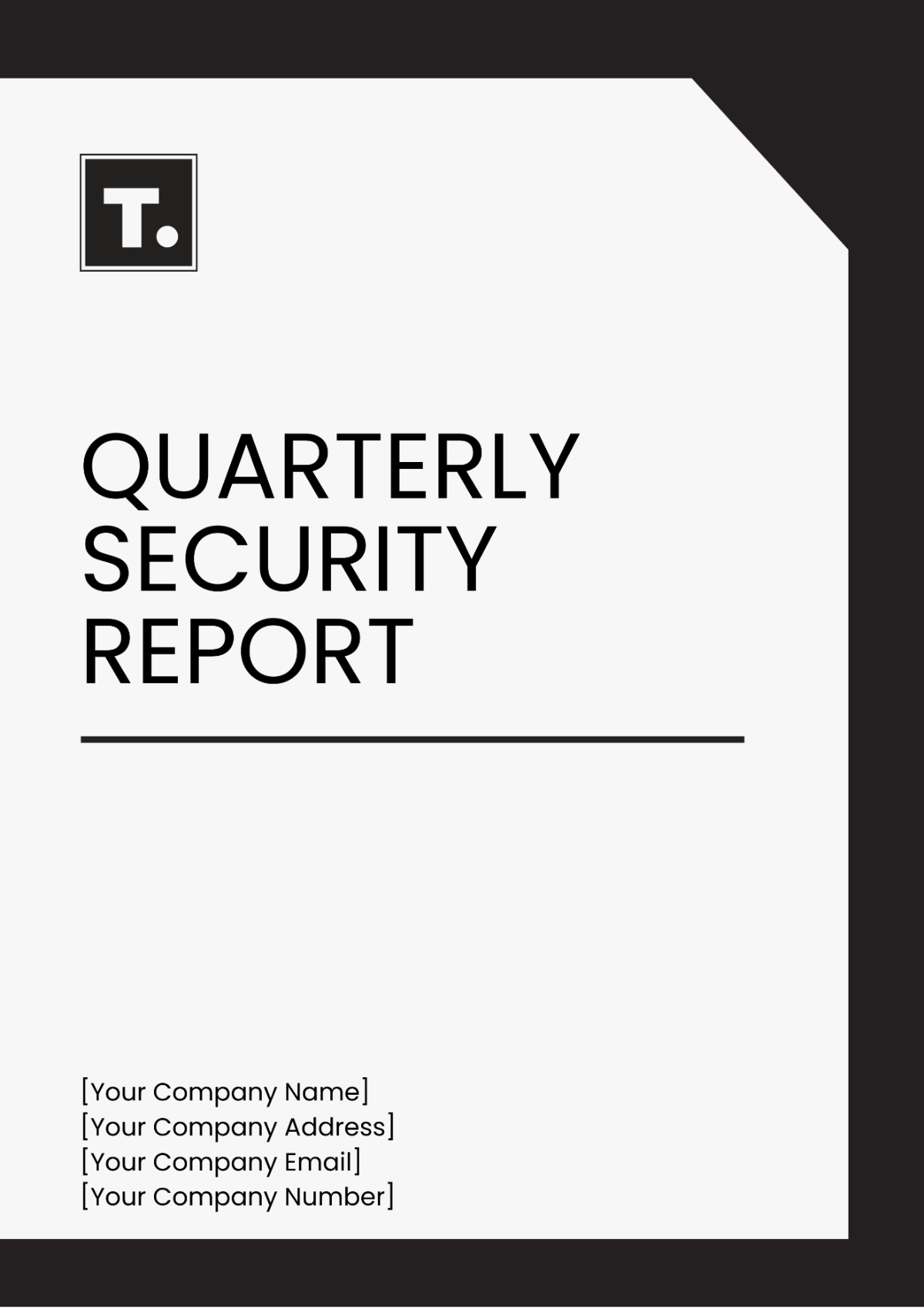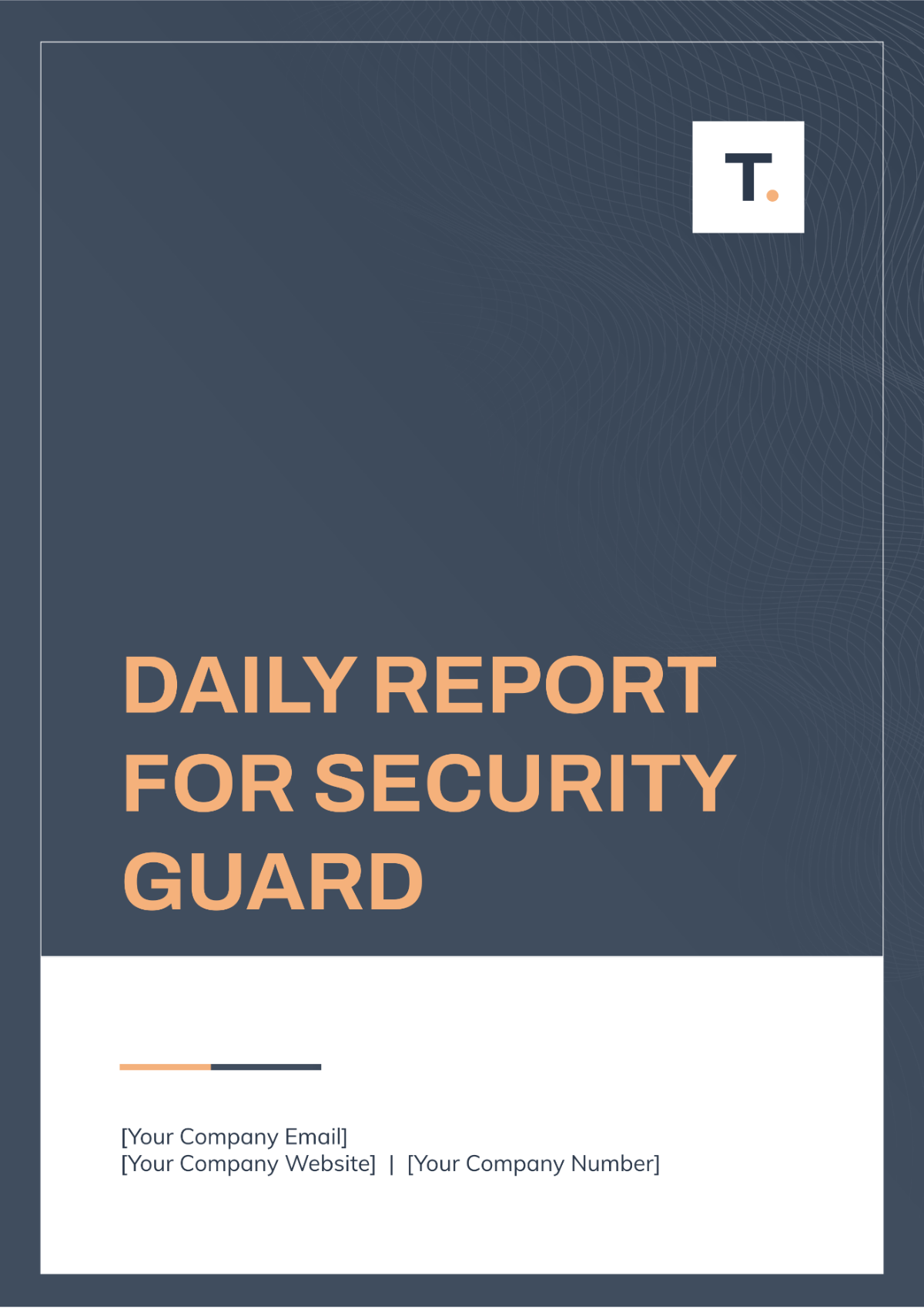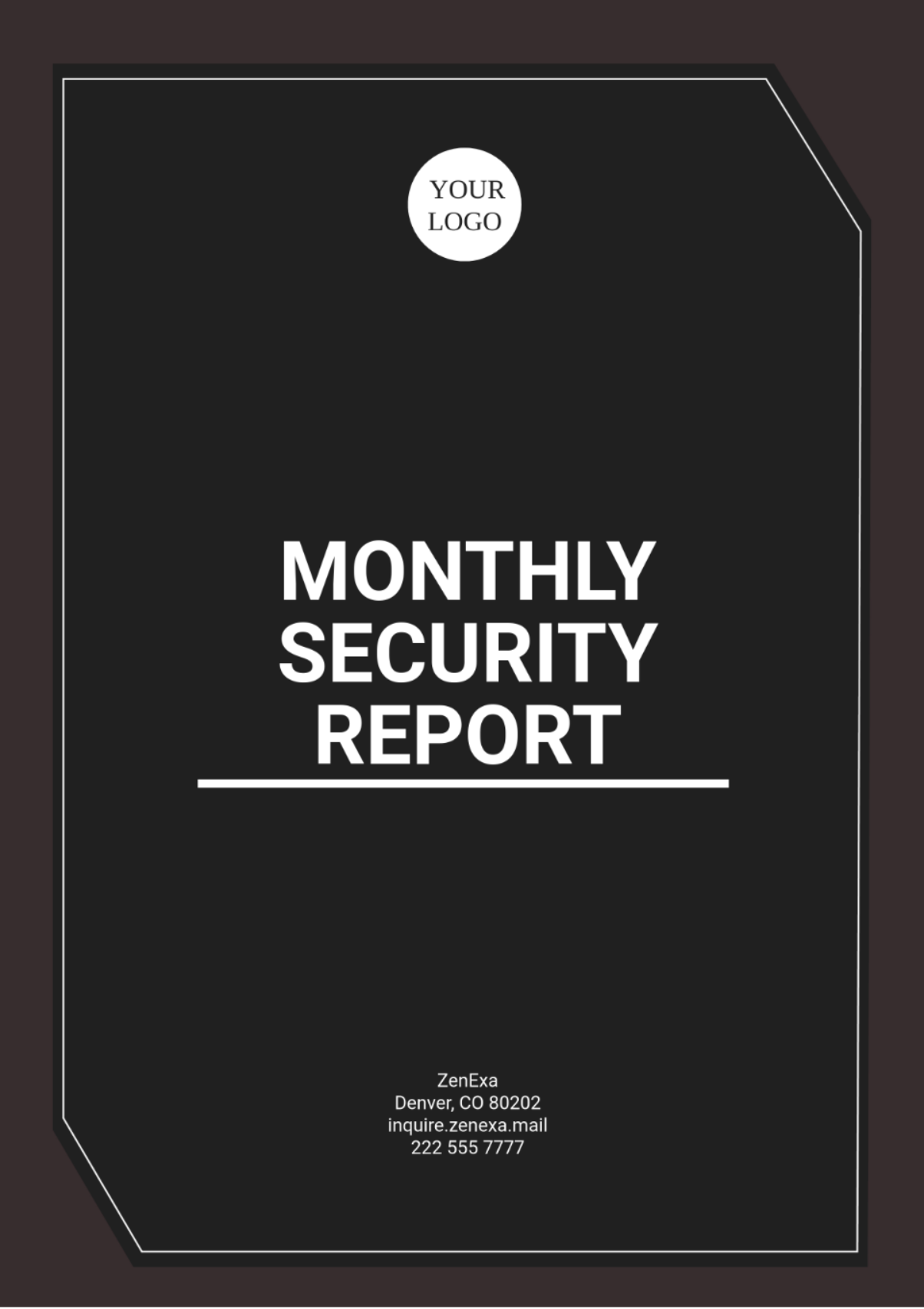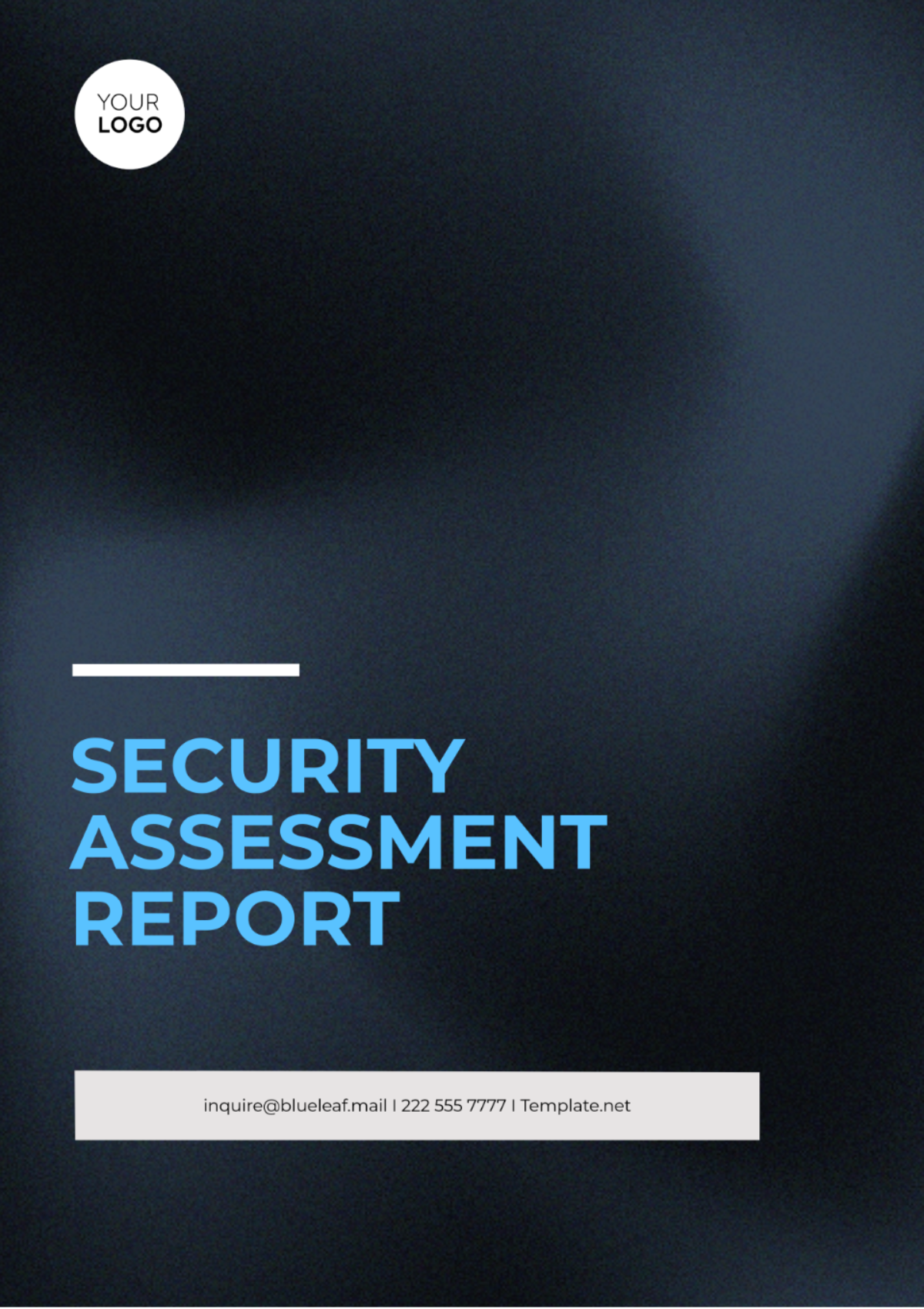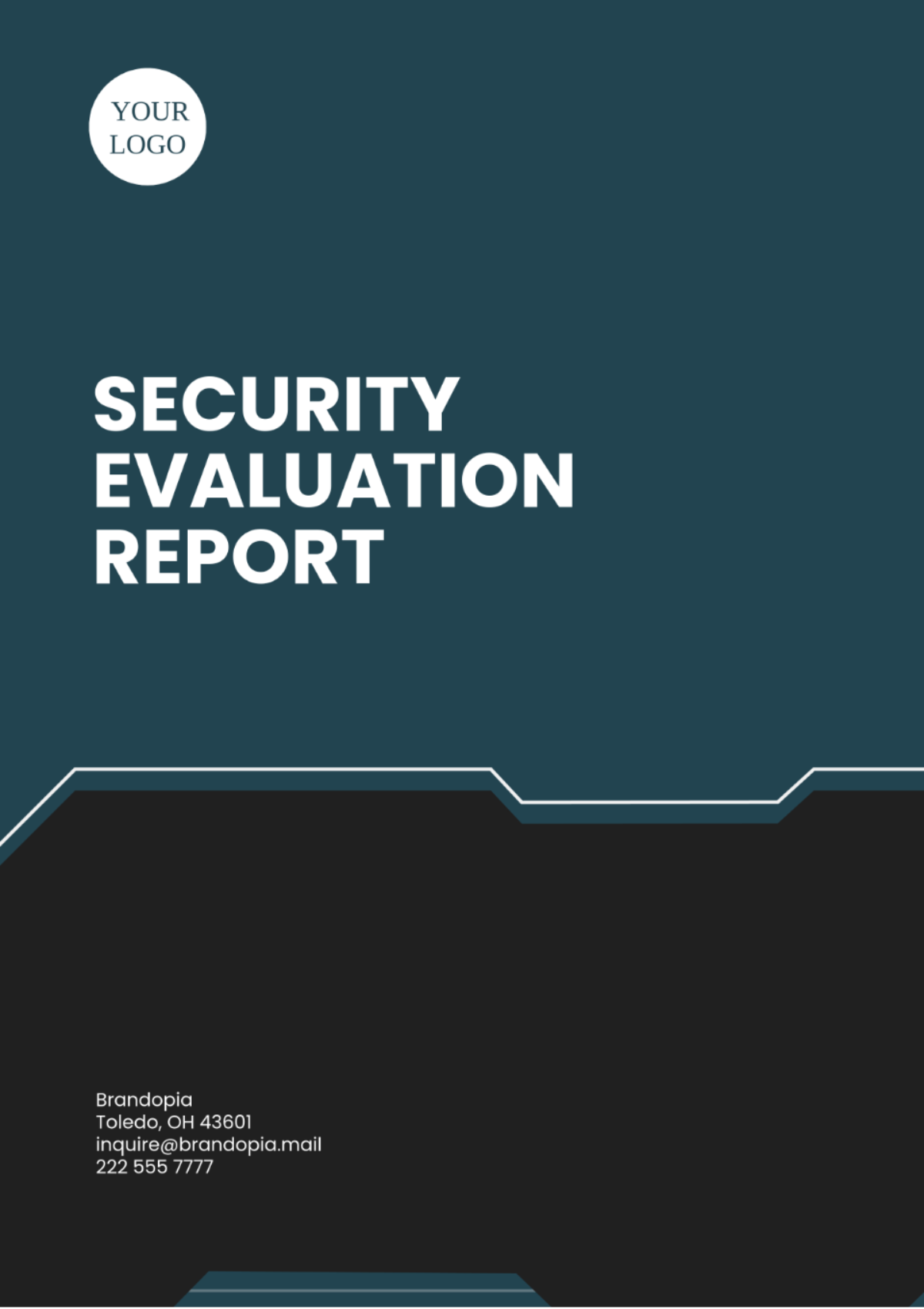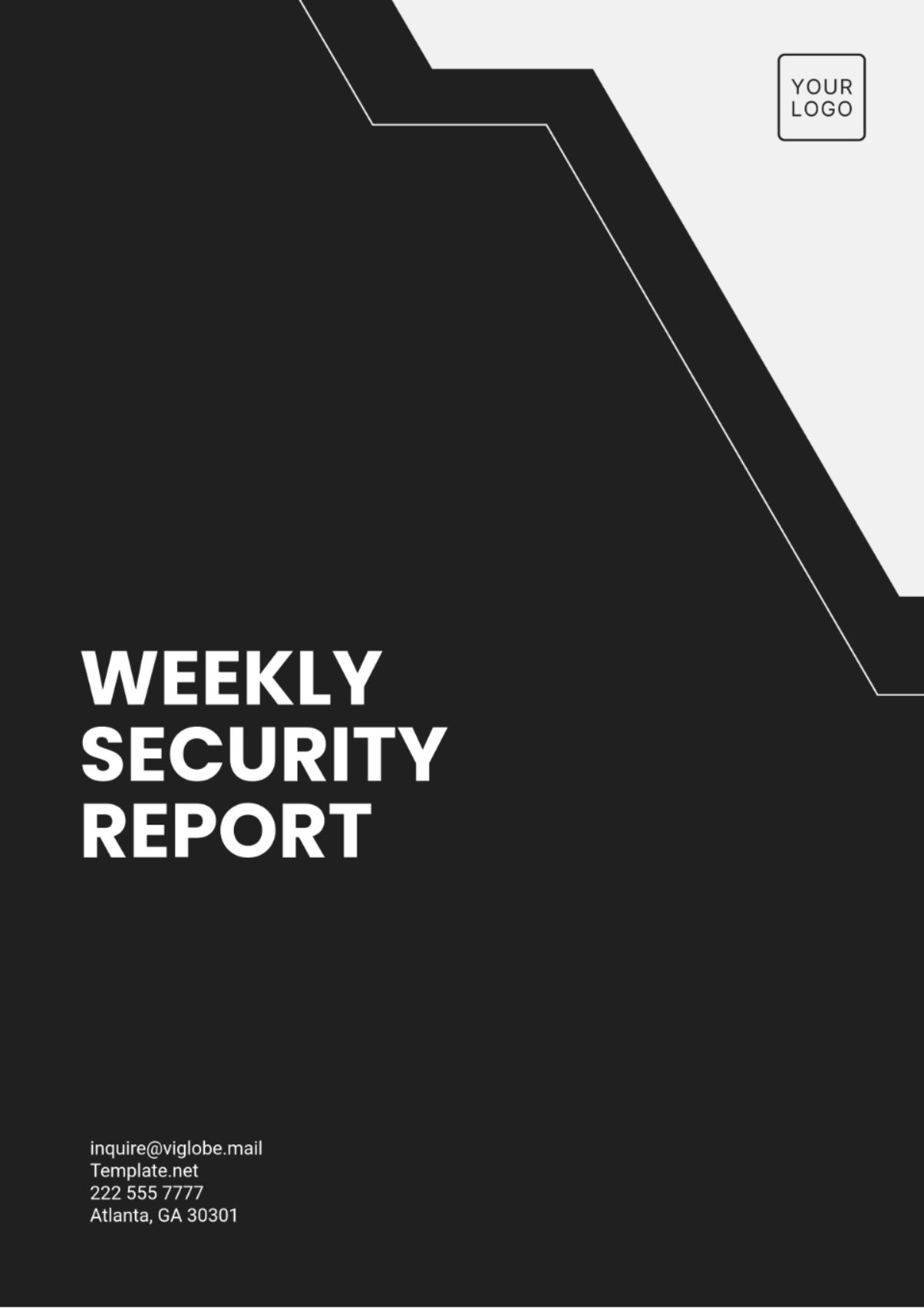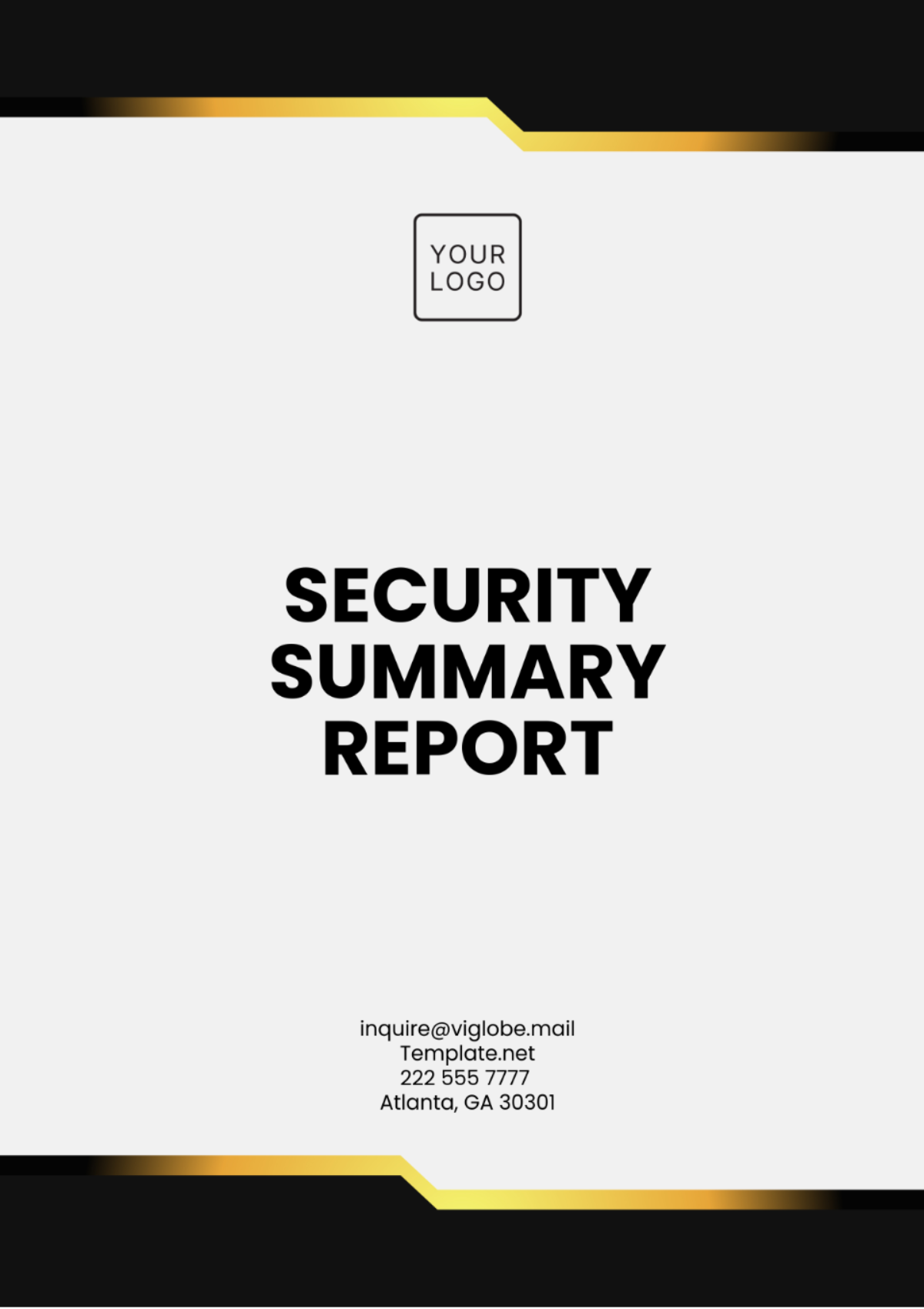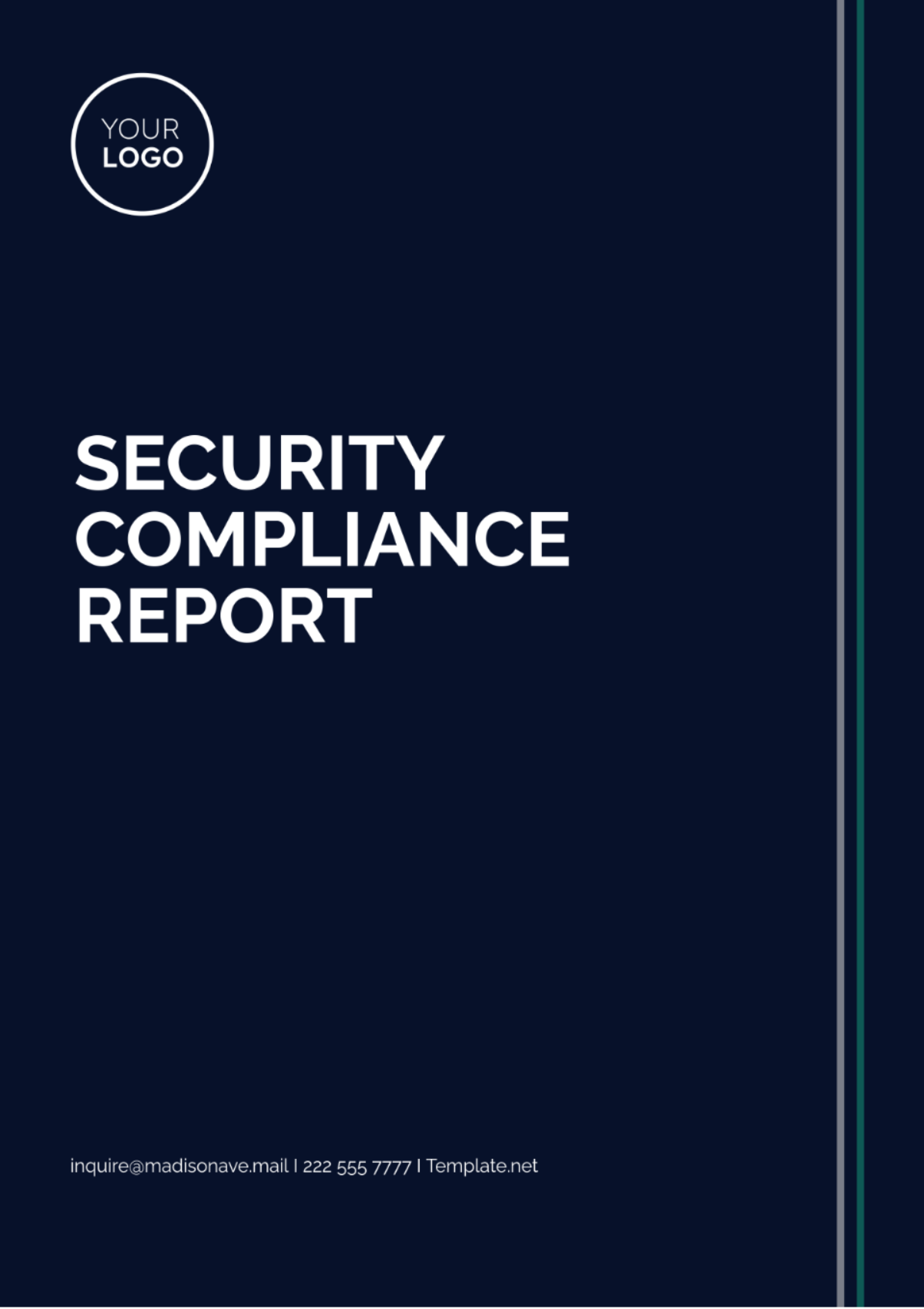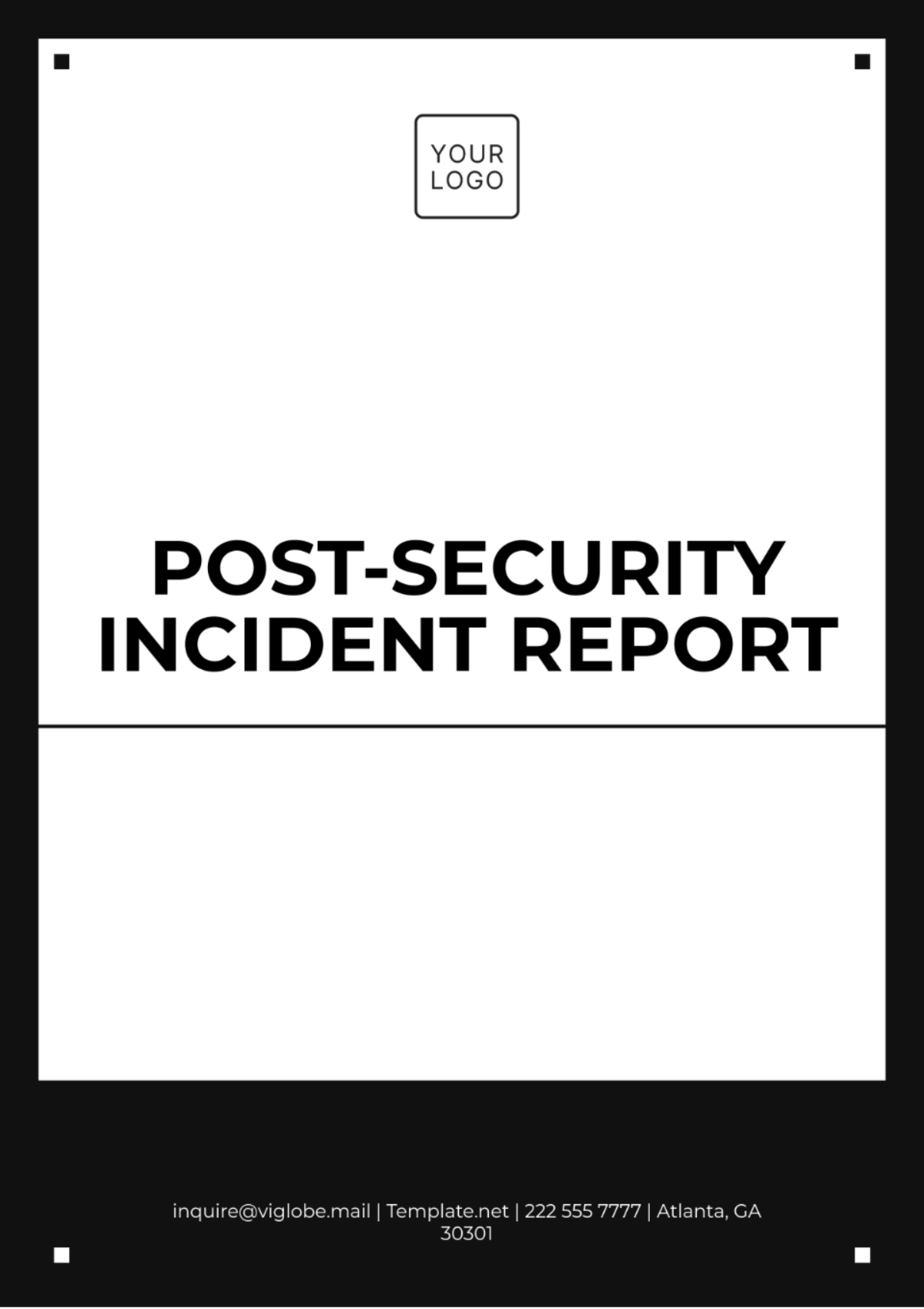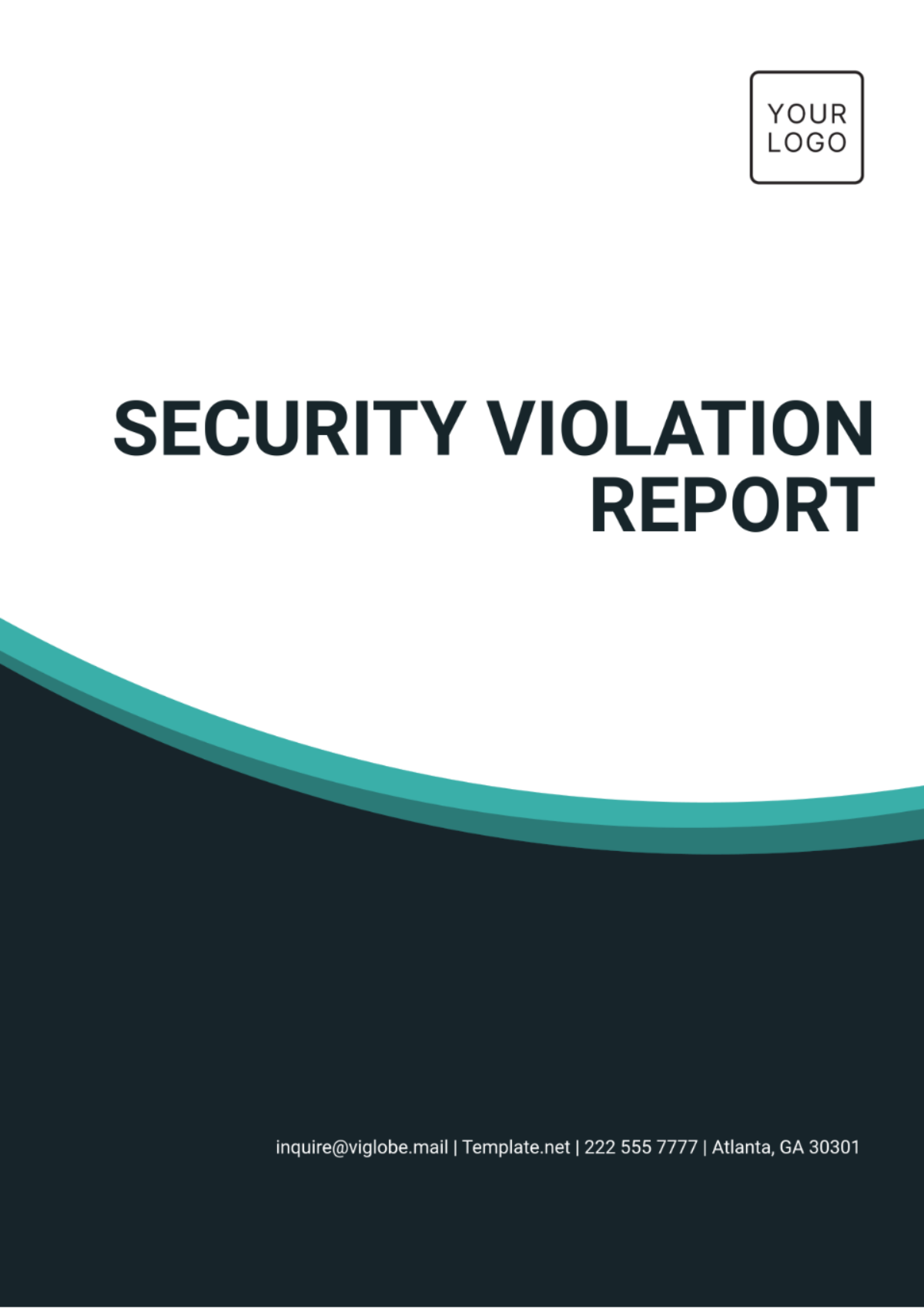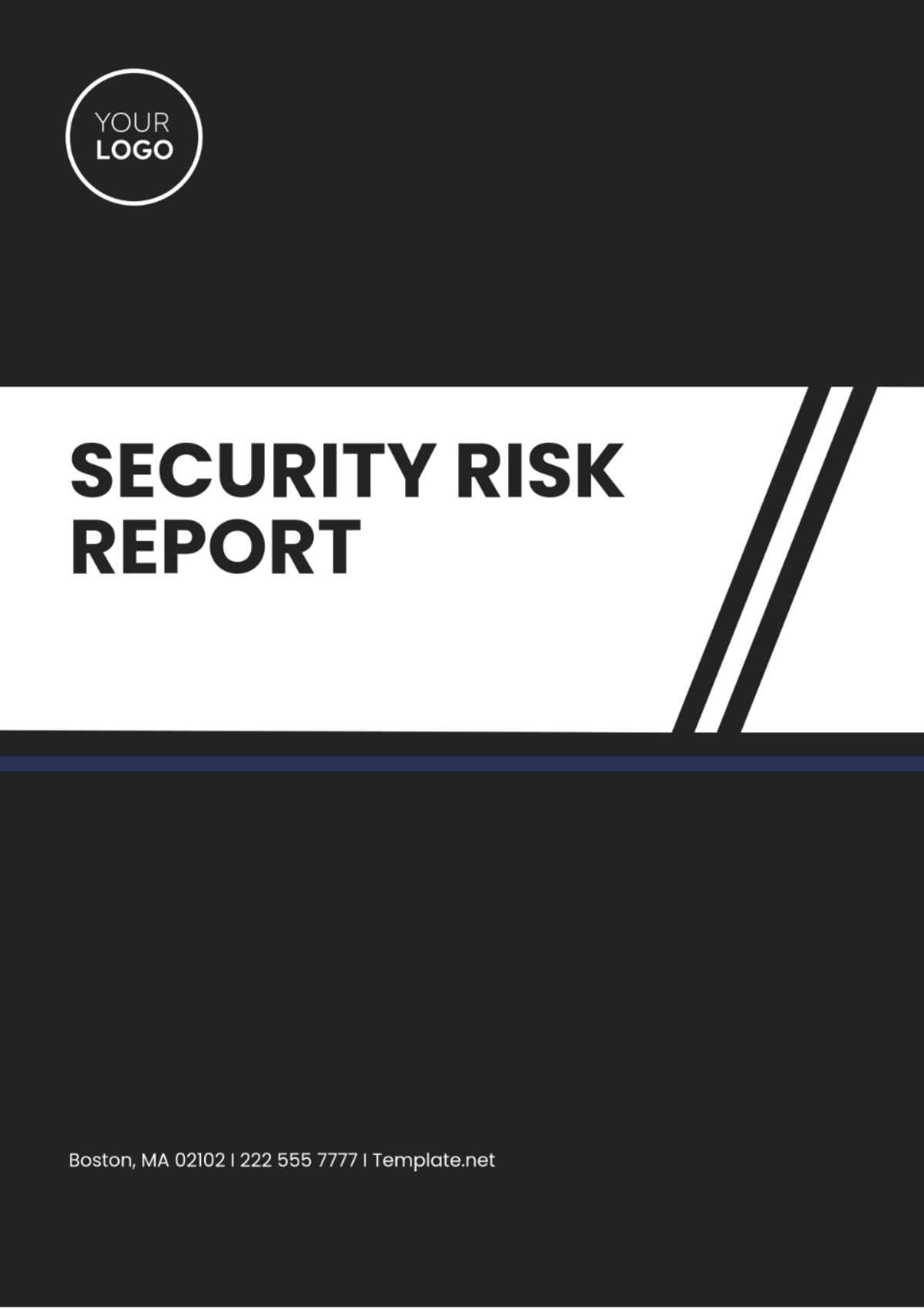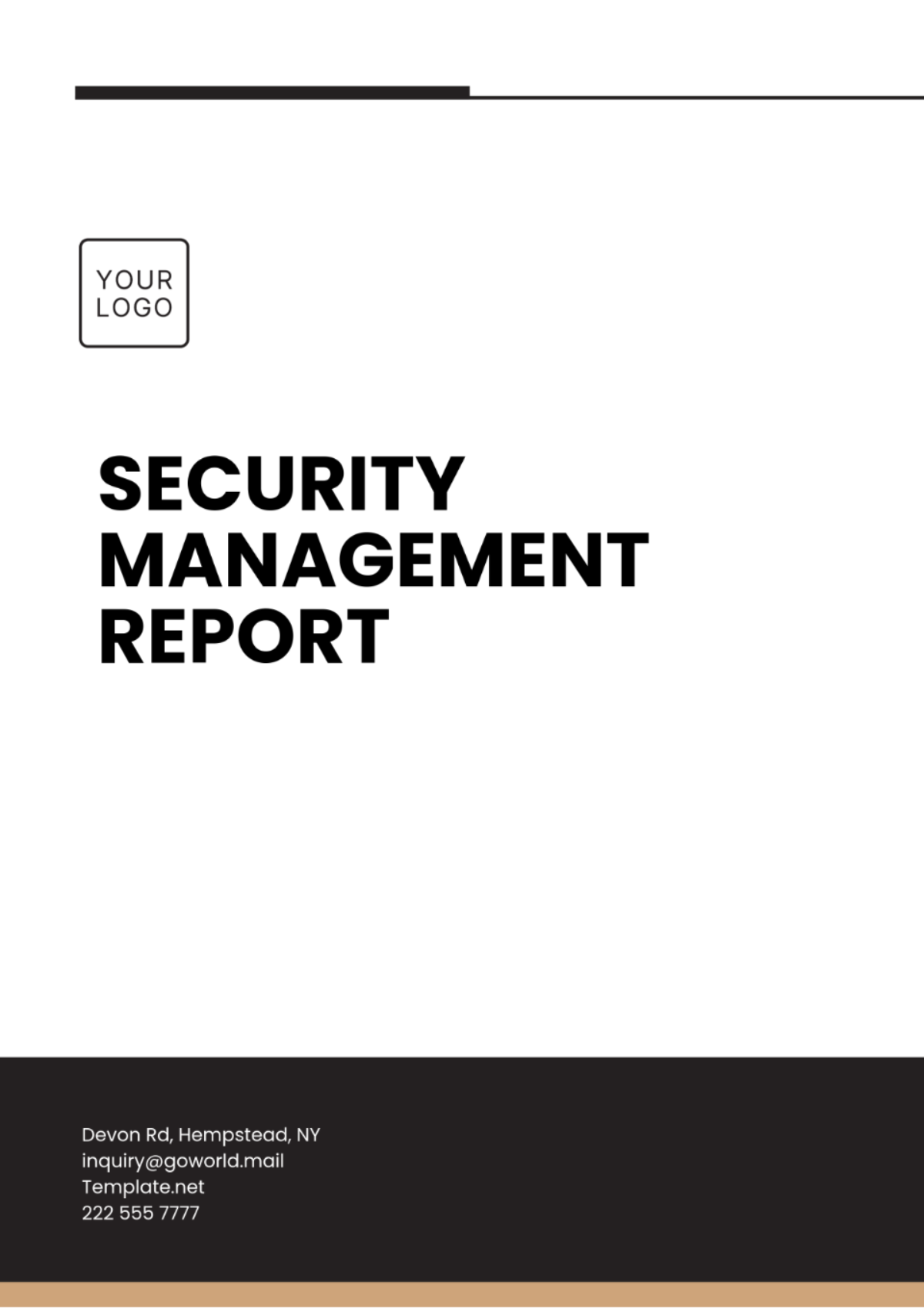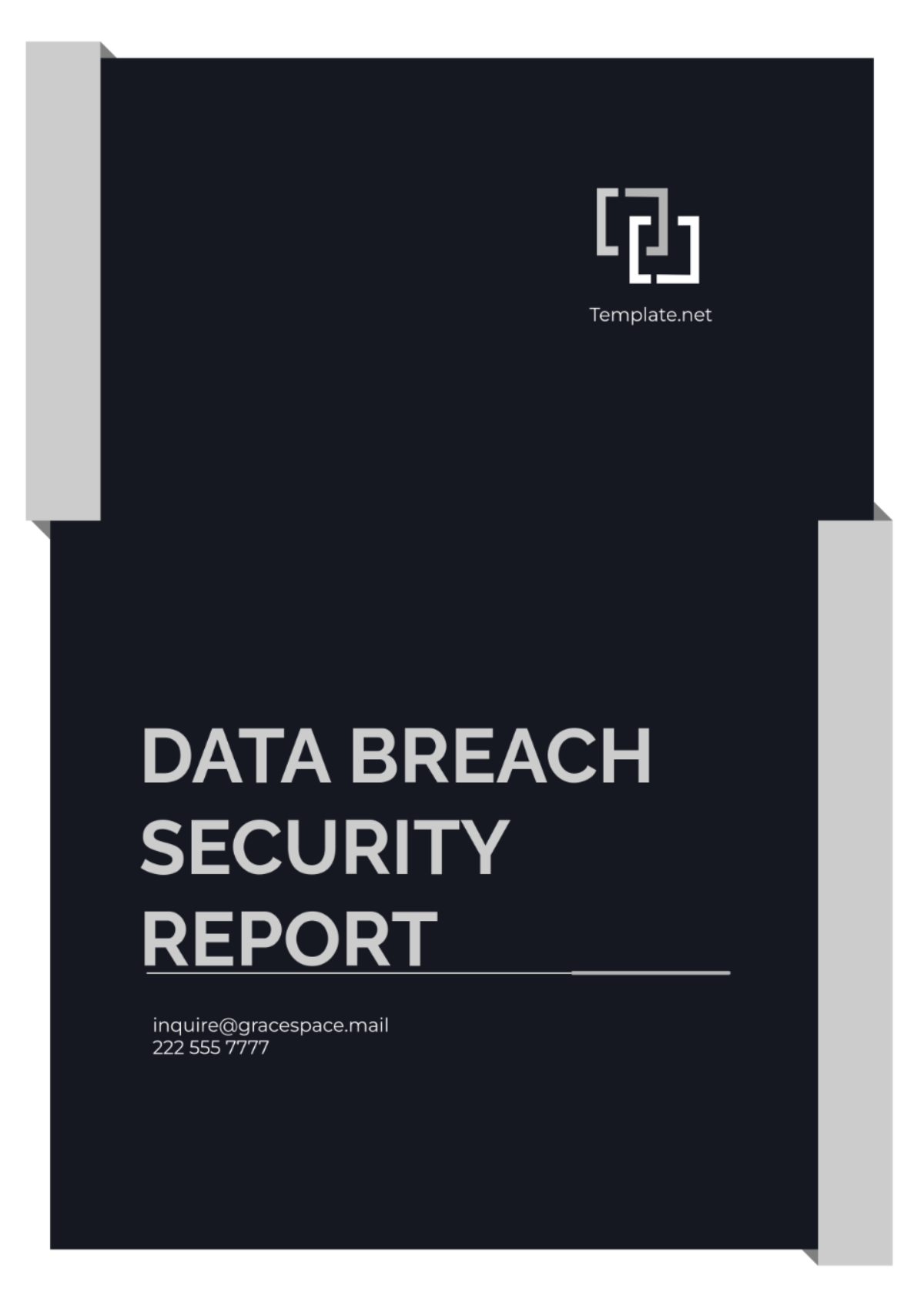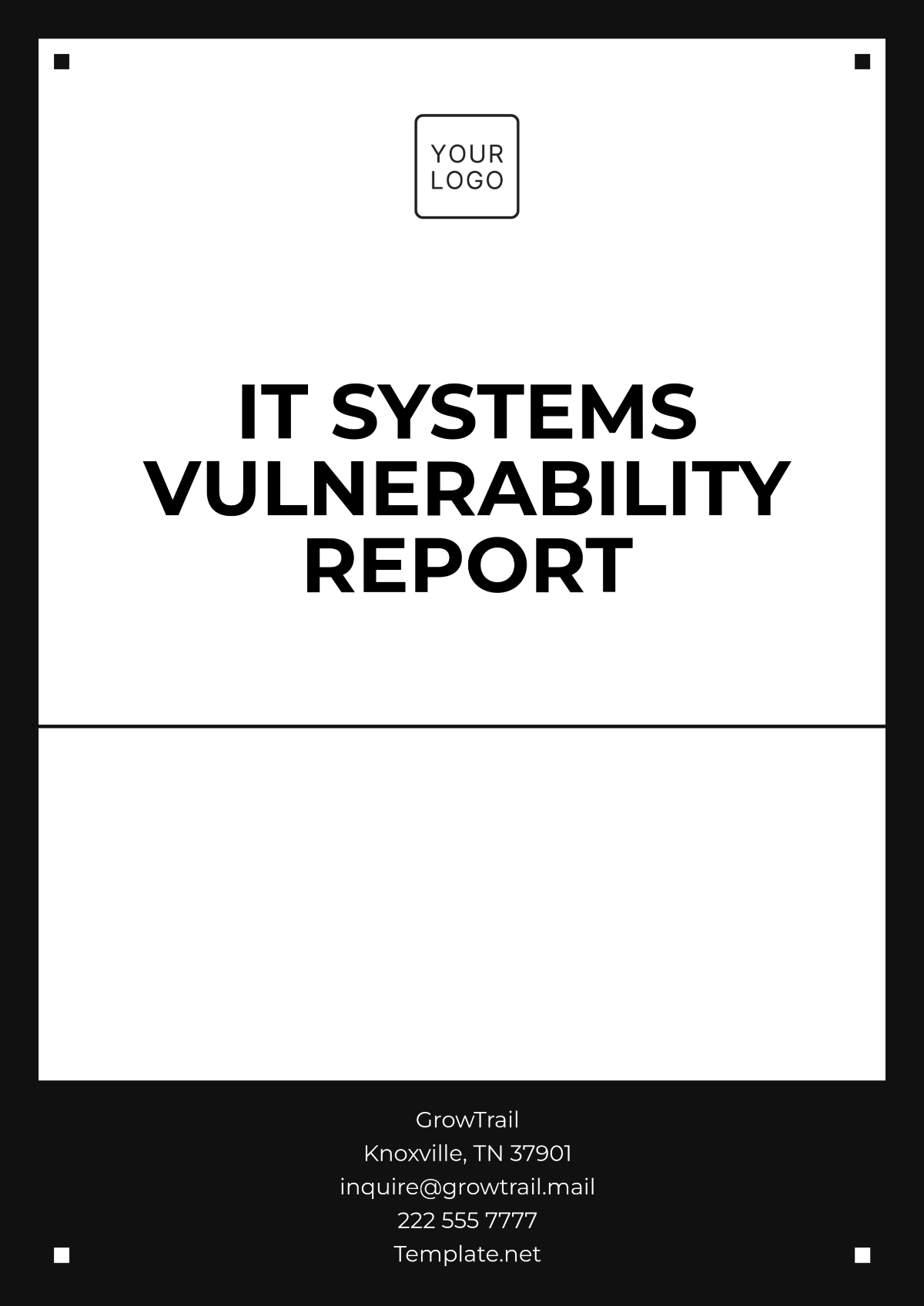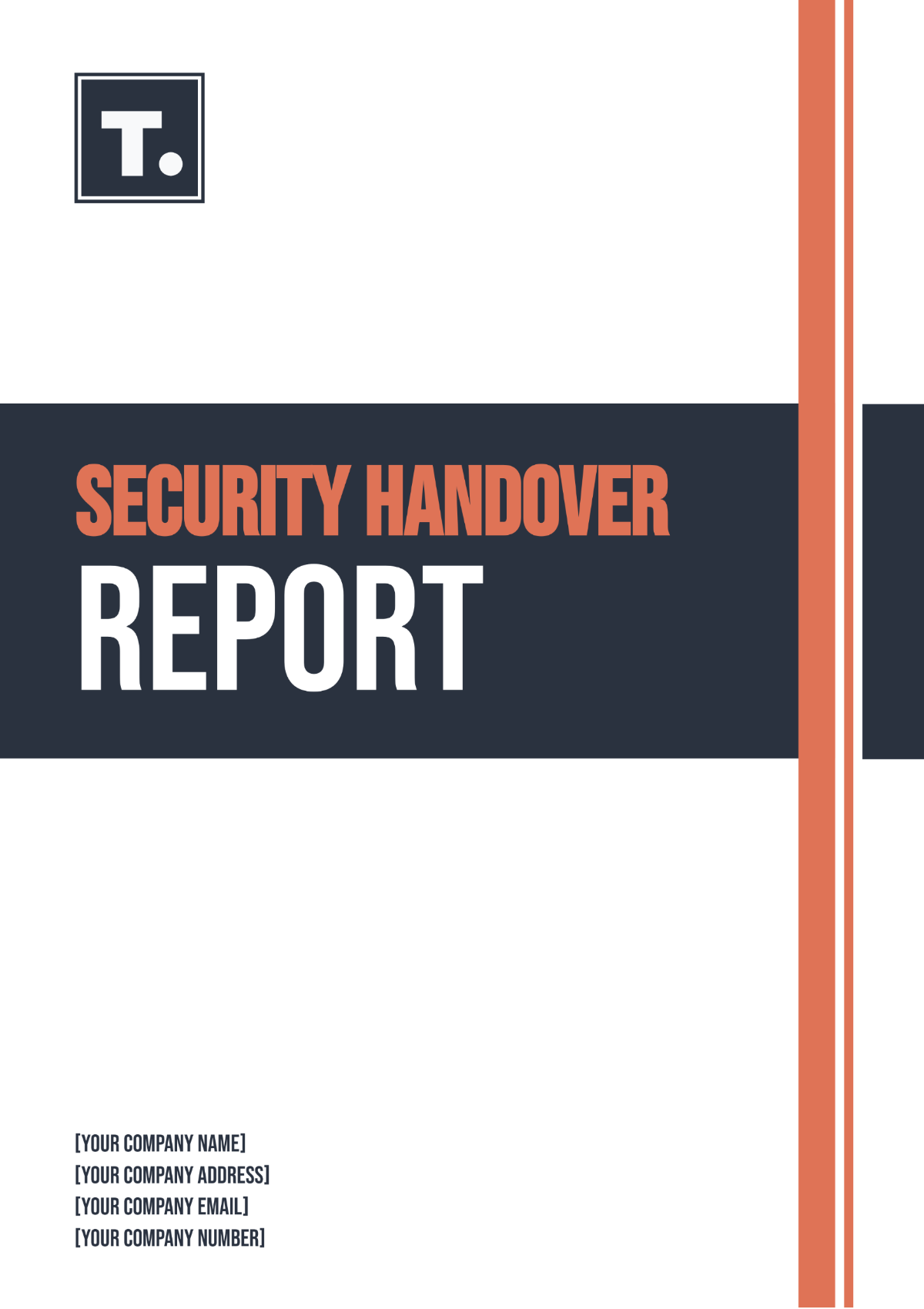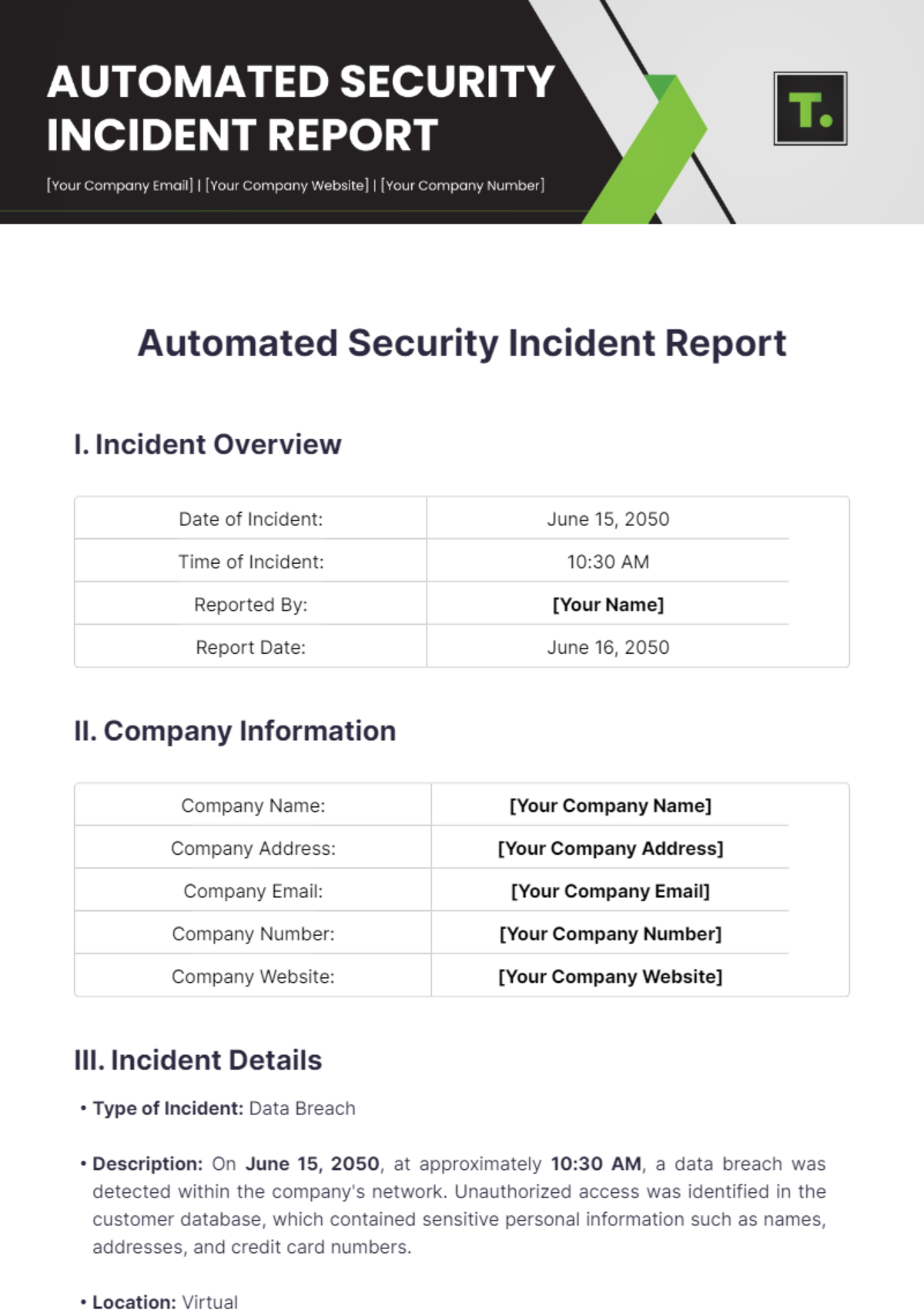QUARTERLY SECURITY REPORT
Prepared by: | [Your Name] |
Department: | CyberSecurity Department |
I. Executive Summary
As the cybersecurity department, we present a detailed overview of our findings and recommendations for Q2 2054. This report encapsulates our efforts and outcomes in fortifying [Your Company Name] against a range of evolving cyber threats. Throughout this quarter, our team has diligently monitored and responded to various incidents implemented proactive measures to mitigate vulnerabilities, and strengthened our compliance posture. The following sections provide a comprehensive analysis of our activities and achievements.
II. Security Incidents
Incident Date | Incident Description | Impact | Response Actions |
|---|---|---|---|
2054-04-10 | Phishing attack targeting the finance department | Medium | Promptly conducted phishing training and enhanced email security to prevent future incidents. |
2054-05-22 | Ransomware infection on the server | High | Swiftly isolated systems, activated incident response, restored backups, and enhanced security with whitelisting and analytics. |
2054-06-15 | Insider threat incident | Low | Thoroughly investigated, revoked compromised credentials, enhanced DLP policies, and implemented UBA for proactive monitoring. |
2054-06-28 | Distributed Denial-of-Service (DDoS) attack | High | Reduced impact with traffic filtering and ISP collaboration for upstream mitigation. Improved DDoS response and reviewed network resilience measures. |
III. Threat Intelligence
Threat Type | Description | Risk Level | Mitigation Actions |
|---|---|---|---|
Spear Phishing | Targeted emails with malicious attachments | High | Enhanced email filtering and deployed advanced threat protection mechanisms. Conducted regular phishing simulations and reinforced employee training on identifying phishing attempts. |
Zero-day Exploits | Exploitation of unknown vulnerabilities | Critical | Instituted rapid response protocols for zero-day threats. Implemented IPS for real-time threat detection and response. Strengthened threat intelligence sharing with industry partners. |
Supply Chain Attacks | Compromised software supply chain | Medium | Enhanced vendor risk management with rigorous security assessments and continuous monitoring. Conducted supplier security audits and enhanced supply chain integrity checks. |
IV. Vulnerability Management
Vulnerability ID | Description | Severity | Patch Status |
|---|---|---|---|
CVE-2054-12345 | Remote code execution vulnerability in web server | Critical | Patched immediately after testing in a development environment. Implemented continuous vulnerability scanning and proactive patch management. |
CVE-2054-23456 | SQL injection vulnerability in database application | High | Successfully deployed patch during a scheduled maintenance window. Enhanced database firewall rules and conducted thorough vulnerability assessments. |
CVE-2054-34567 | Cross-site scripting (XSS) in customer portal | Medium | Mitigated with a temporary fix; permanent patch under development. Implemented WAF and enhanced web application security controls. |
V. Compliance and Audit
Standard/Regulation | Compliance Status | Audit Outcome |
|---|---|---|
GDPR | Compliant | Maintained compliance with GDPR requirements. Conducted DPIA and improved data subject rights management. |
ISO 27001 | Partially Compliant | Identified areas for improvement in access control and risk assessment practices. Initiating corrective actions to achieve full compliance. |
PCI DSS | Non-Compliant | Addressing encryption and security testing deficiencies. Developing a plan for PCI DSS compliance within the next quarter. Conducted regular vulnerability assessments and penetration tests. |
VI. Security Awareness and Training
A. Training Initiatives
Conducted comprehensive security awareness training sessions, covering phishing, social engineering, and data protection. Achieved an 85% participation rate with positive feedback on training effectiveness and relevance.
Introduced specialized training modules for IT staff focusing on advanced threat detection techniques and incident response strategies.
B. Awareness Campaigns
Launched a 'Cyber Safety Month' campaign featuring weekly tips on secure password practices, recognizing suspicious emails, and safe browsing habits. Engagement metrics showed a significant increase in proactive reporting of suspicious activities.
Continued phishing simulation exercises to reinforce vigilance against evolving threats. Enhanced campaign effectiveness through targeted feedback and customized training modules.
C. Incident Response Exercises
Conducted tabletop exercises simulating ransomware and data breach scenarios. Updated incident response plans and procedures based on exercise outcomes to ensure rapid and effective response.
Expanded incident response training to include scenario-based simulations for various threat scenarios, enhancing team readiness and coordination.
VII. Security Operations
Operation Type | Activities |
|---|---|
Threat Hunting | Proactively monitor network traffic for anomalous activities using threat intelligence and behavioral analytics. Detected and mitigated potential threats before impact. |
Patch Management | Implemented robust patch management processes to ensure timely deployment of security updates. Achieved 95% patch compliance, reducing exposure to known vulnerabilities. |
Security Monitoring | Maintained 24/7 monitoring of network and endpoint security using SIEM tools. Promptly identified and responded to unauthorized access attempts and suspicious activities. Enhanced logging and monitoring capabilities for improved incident detection and response. |
VIII. Recommendations
A. Technical Improvements
Implement automated vulnerability scanning tools to enhance proactive detection and prioritization of vulnerabilities. Integrate with incident response procedures for streamlined mitigation.
Upgrade firewall capabilities with advanced threat detection mechanisms like deep packet inspection and sandboxing. Strengthen network segmentation and access controls.
B. Policy Enhancements
Revise the incident response plan (IRP) to include specific procedures for ransomware incidents, emphasizing containment and recovery strategies. Conduct regular tabletop exercises to test and refine response capabilities.
Enhance remote work security policies with updated access controls, MFA requirements, and secure VPN configurations. Implement data protection measures for remote data handling.
C. Training Advancements
Develop specialized training modules for IT staff on insider threats, zero-day exploits, and forensic investigation techniques. Conduct scenario-based training exercises to simulate real-world cyber threats and responses.
Expand phishing simulation exercises to all employees to reinforce vigilance and response readiness. Enhance training materials with interactive elements and real-world examples for improved engagement.
